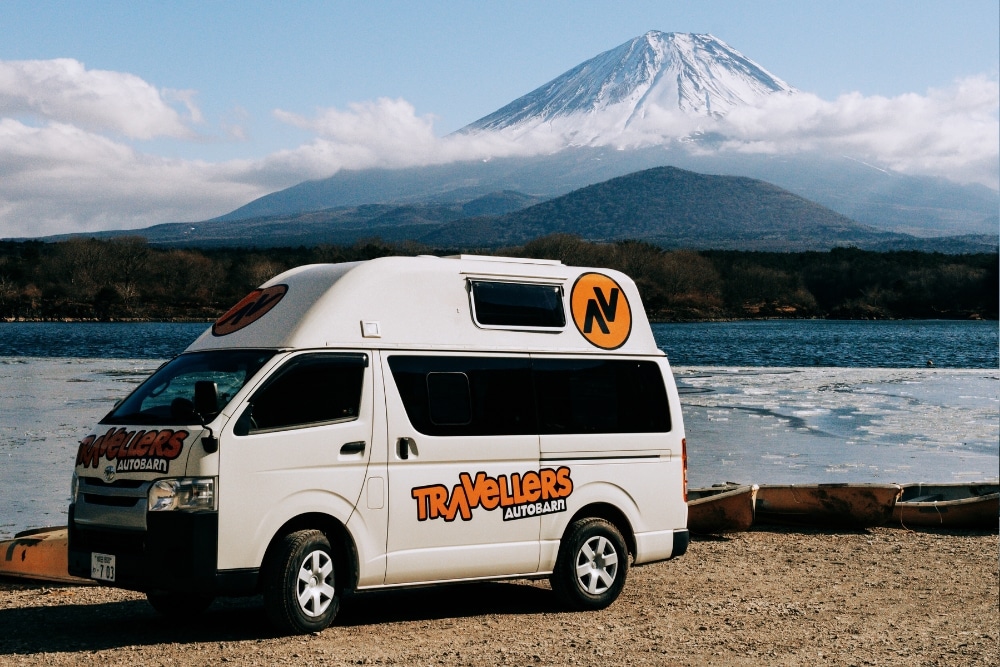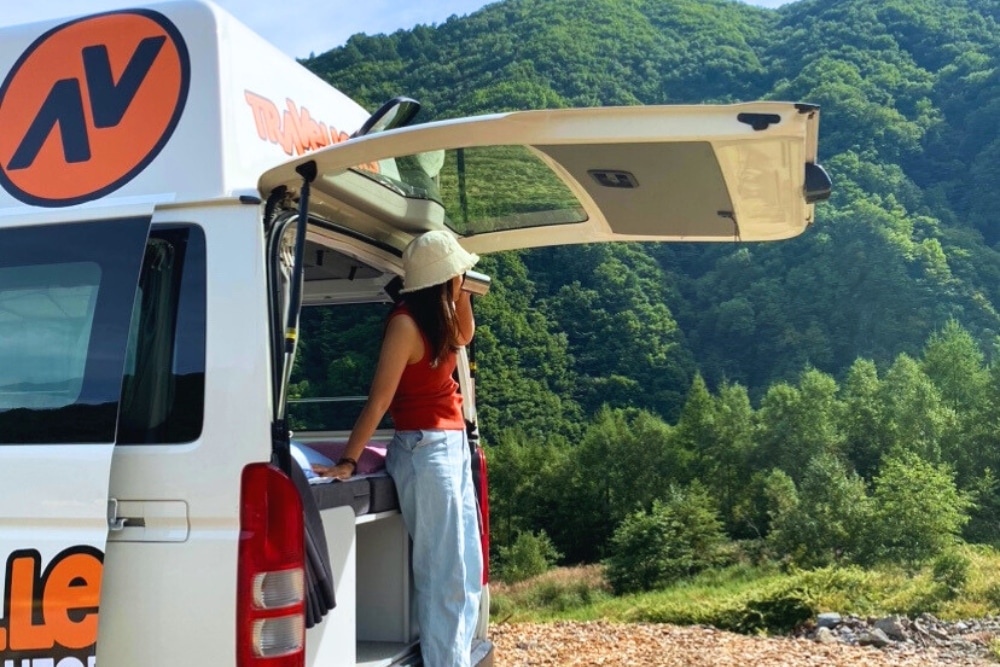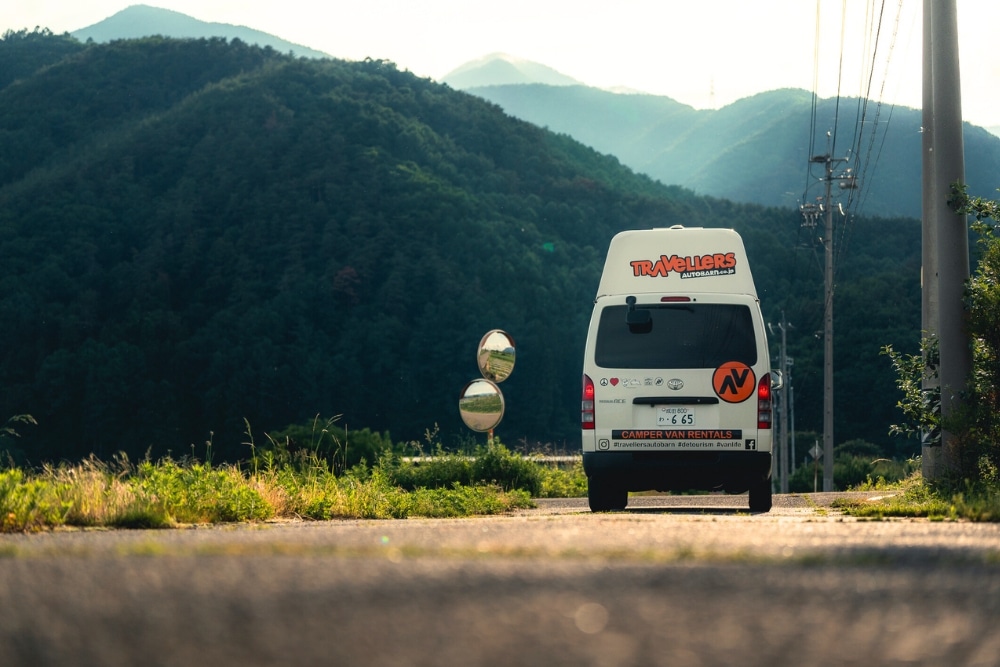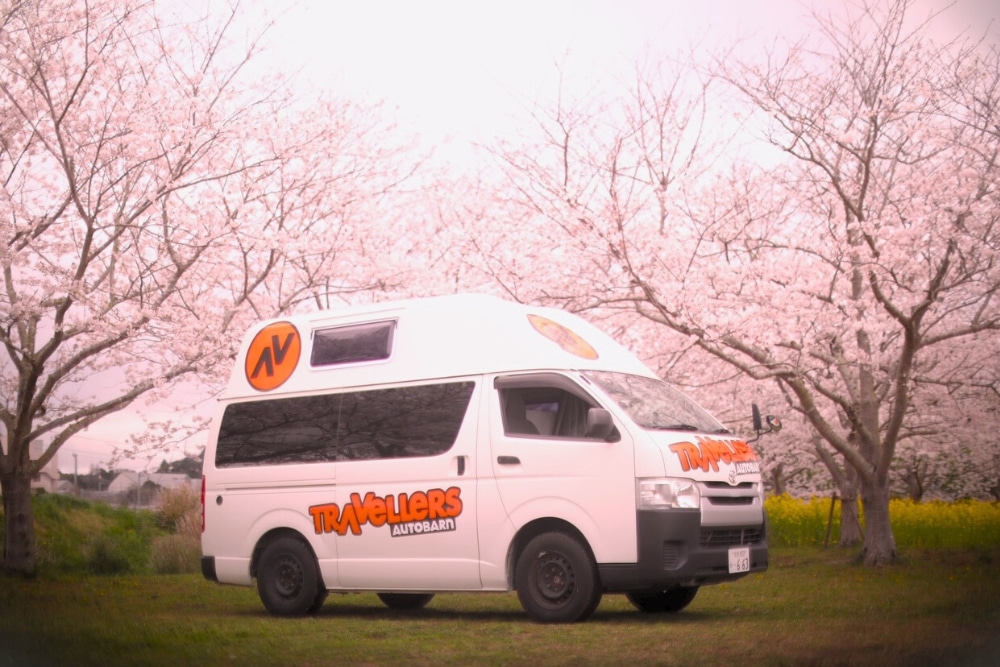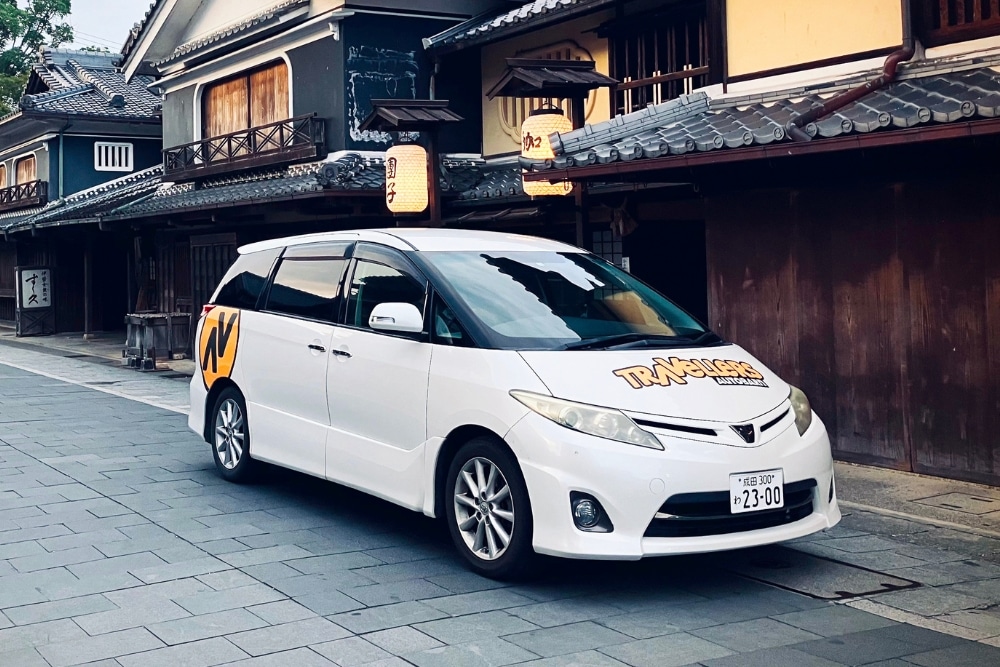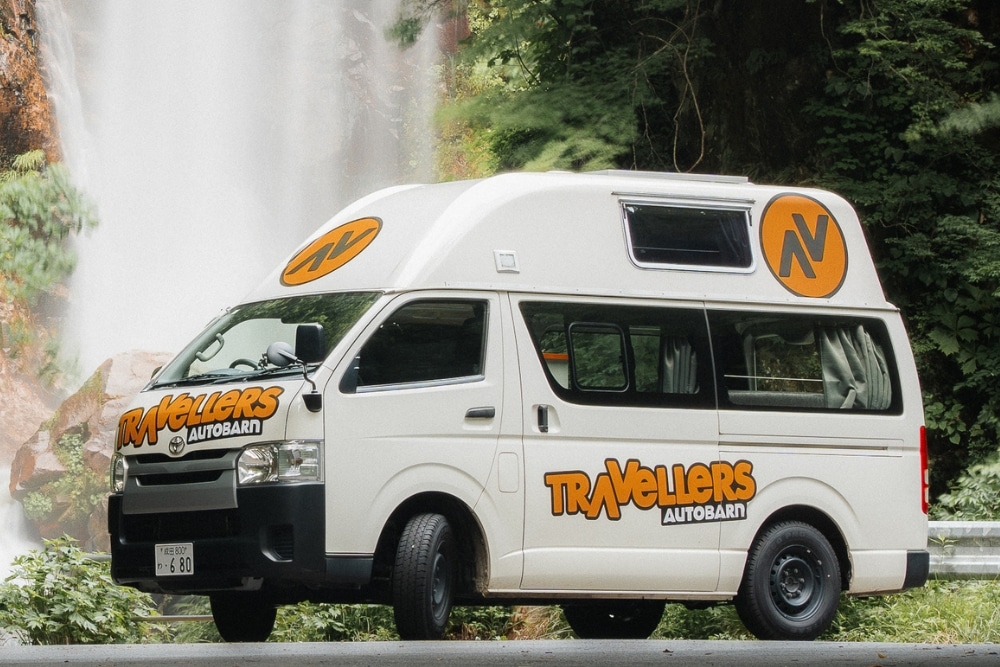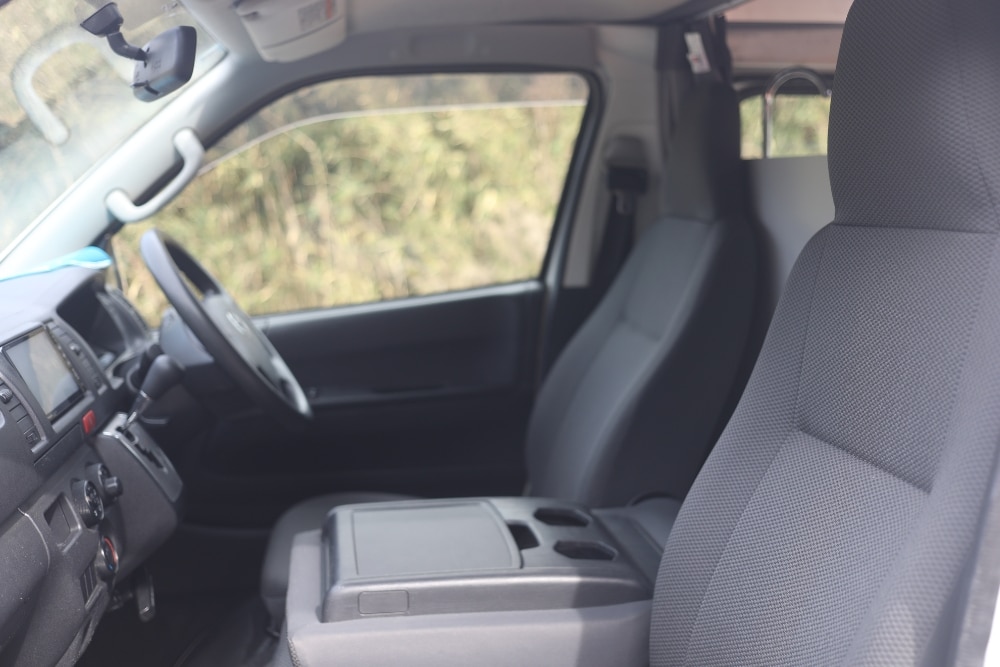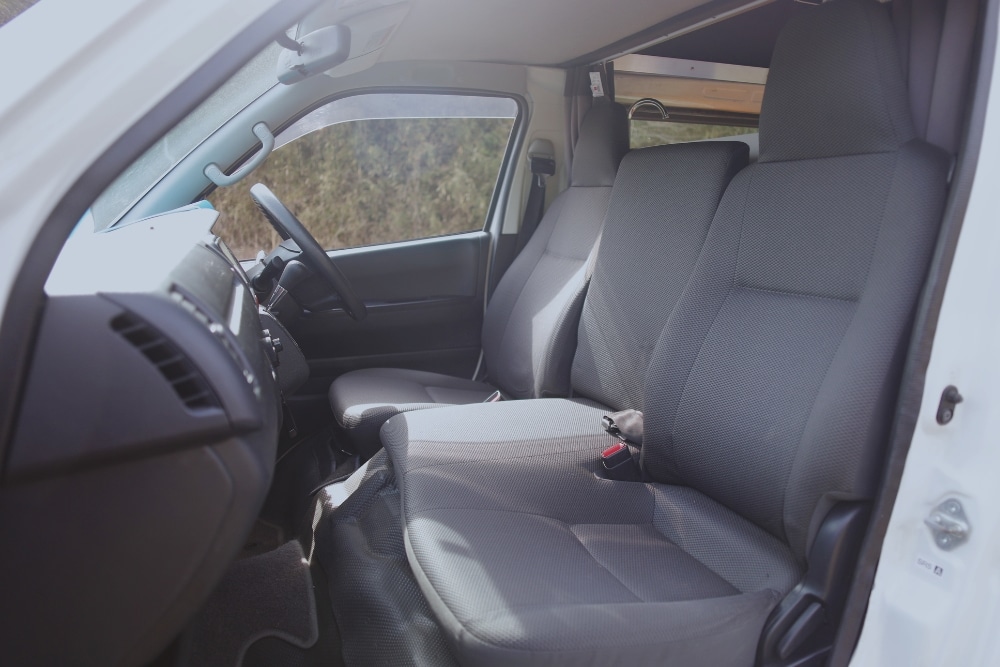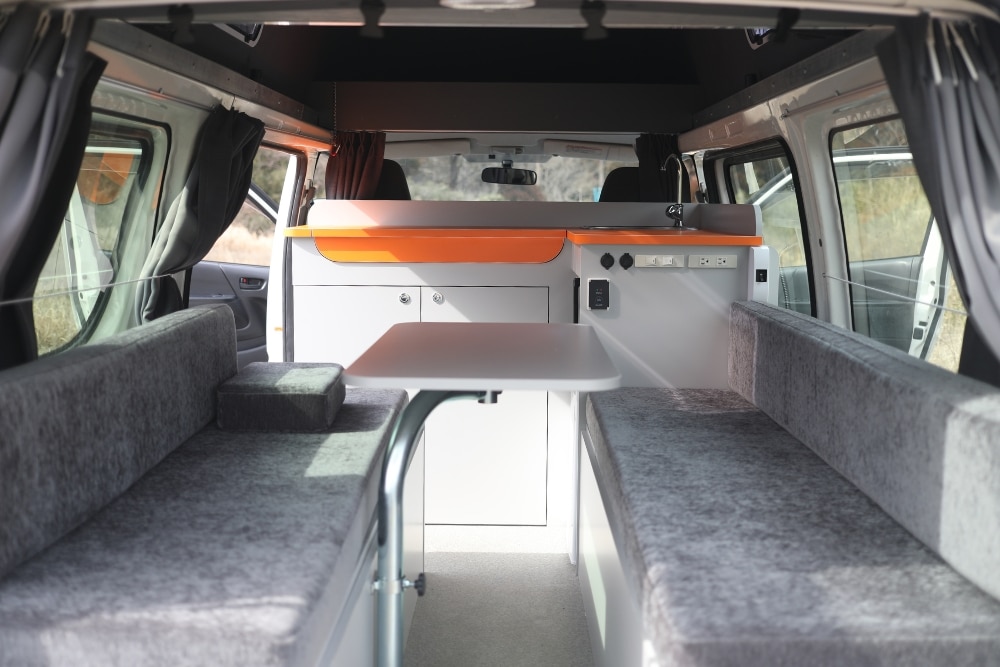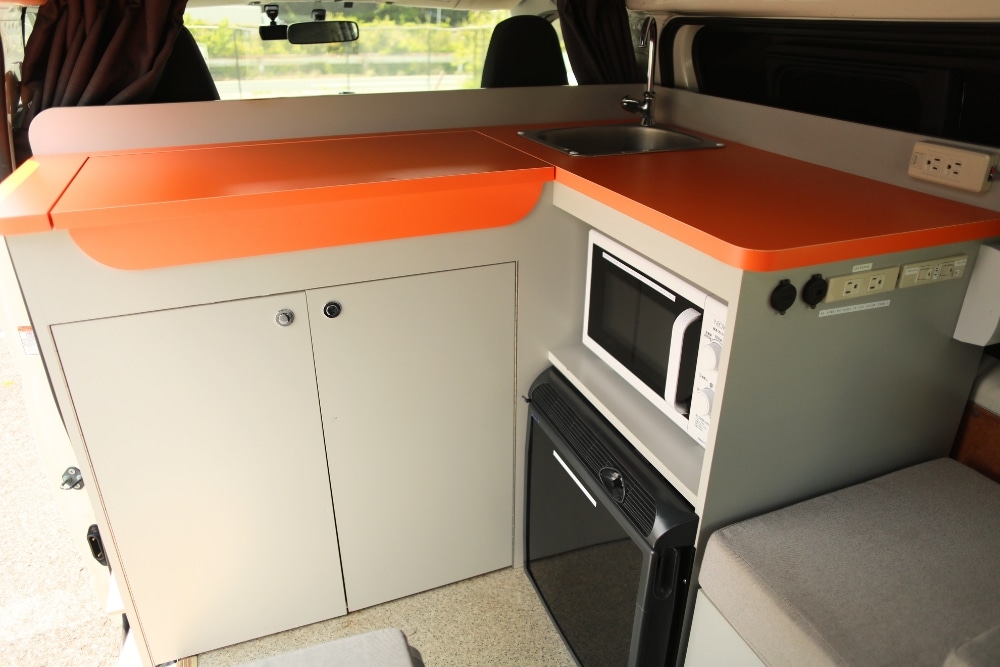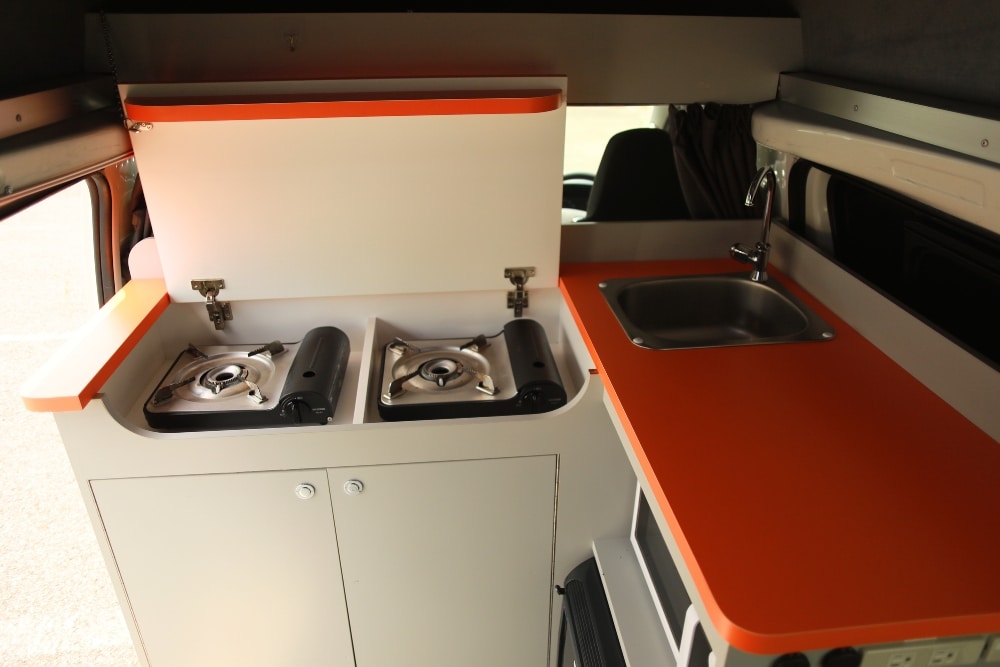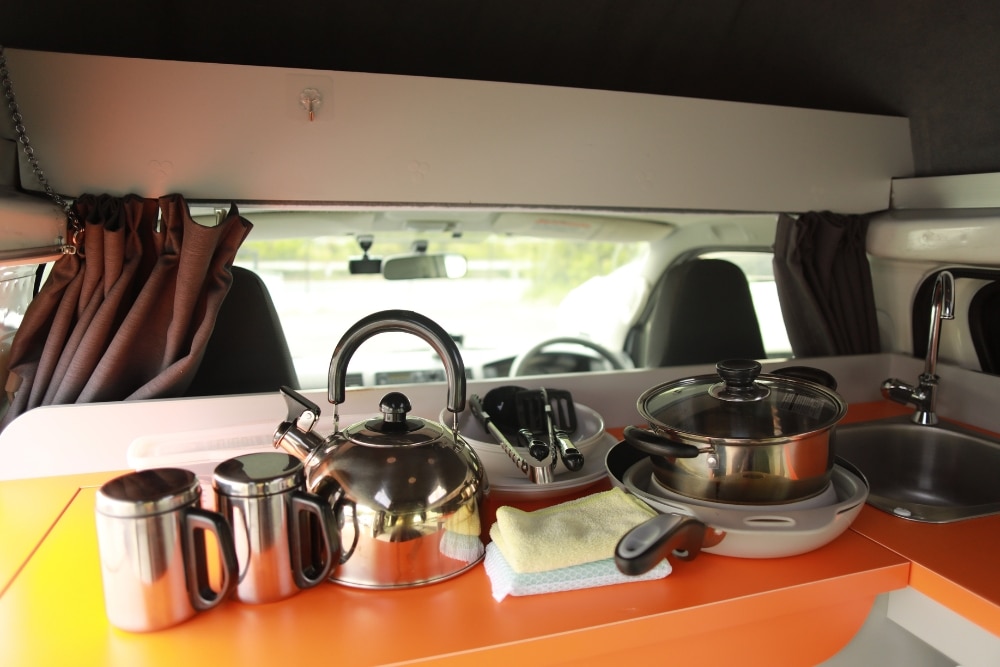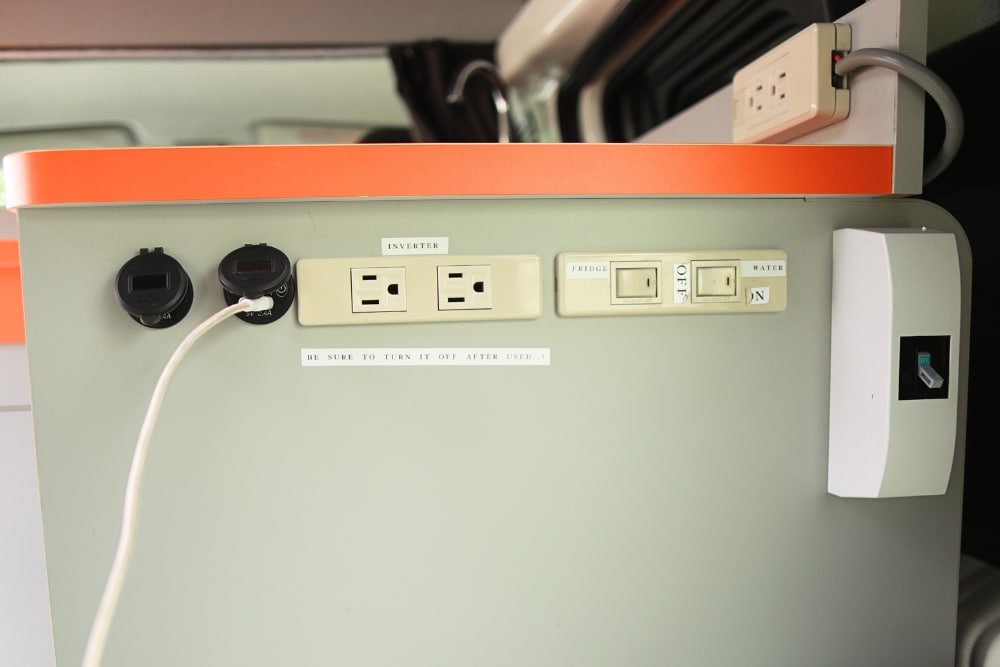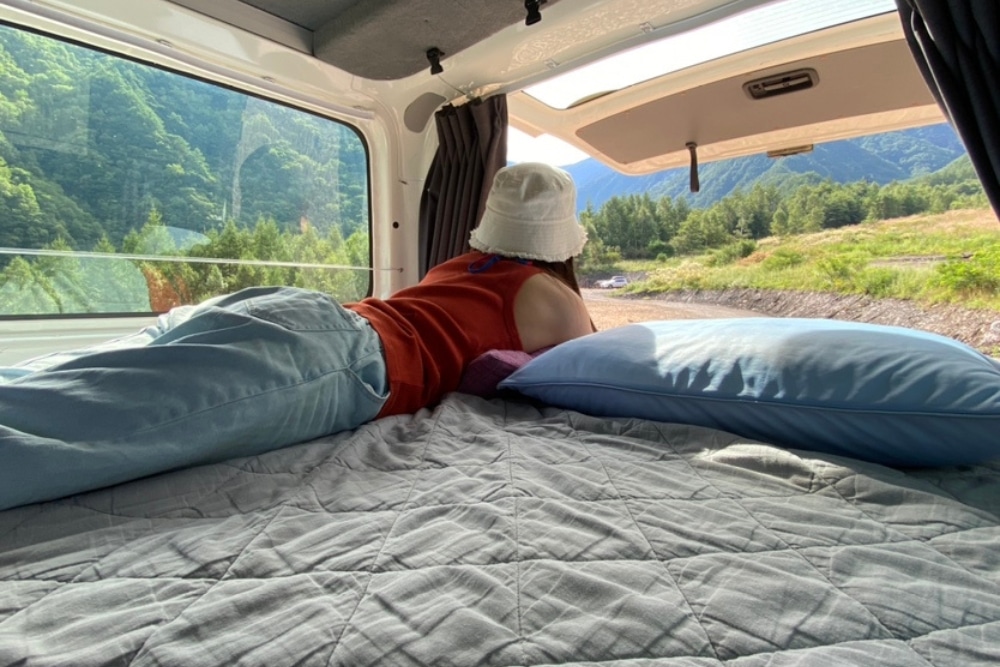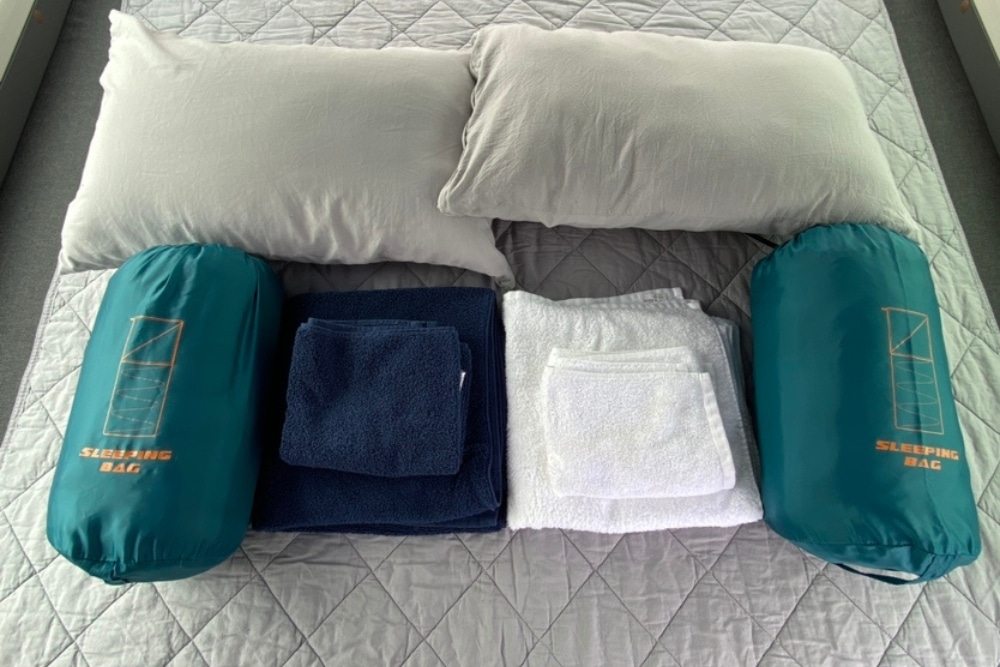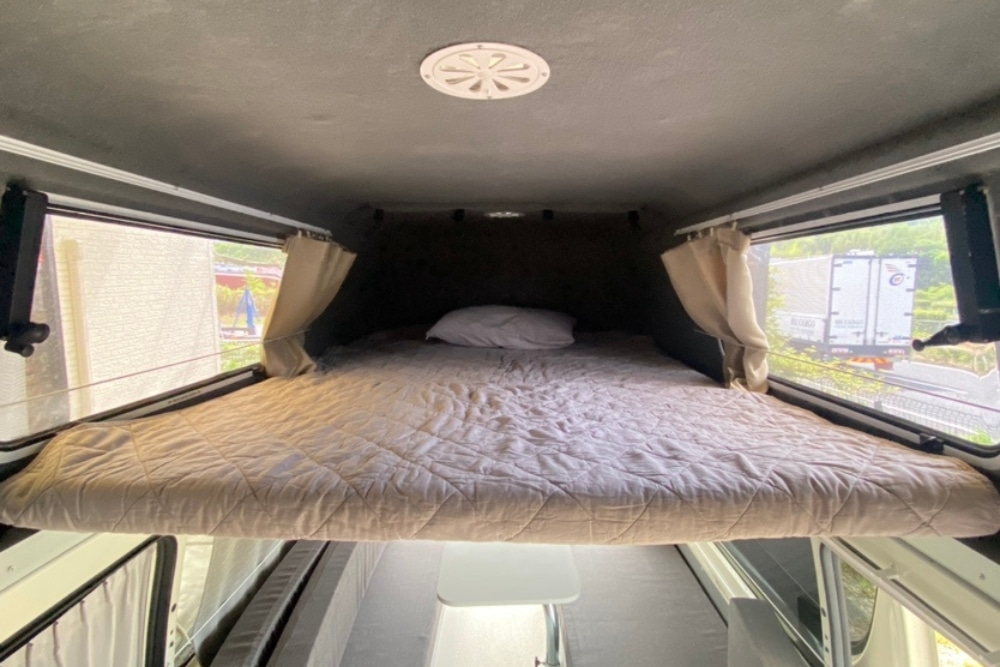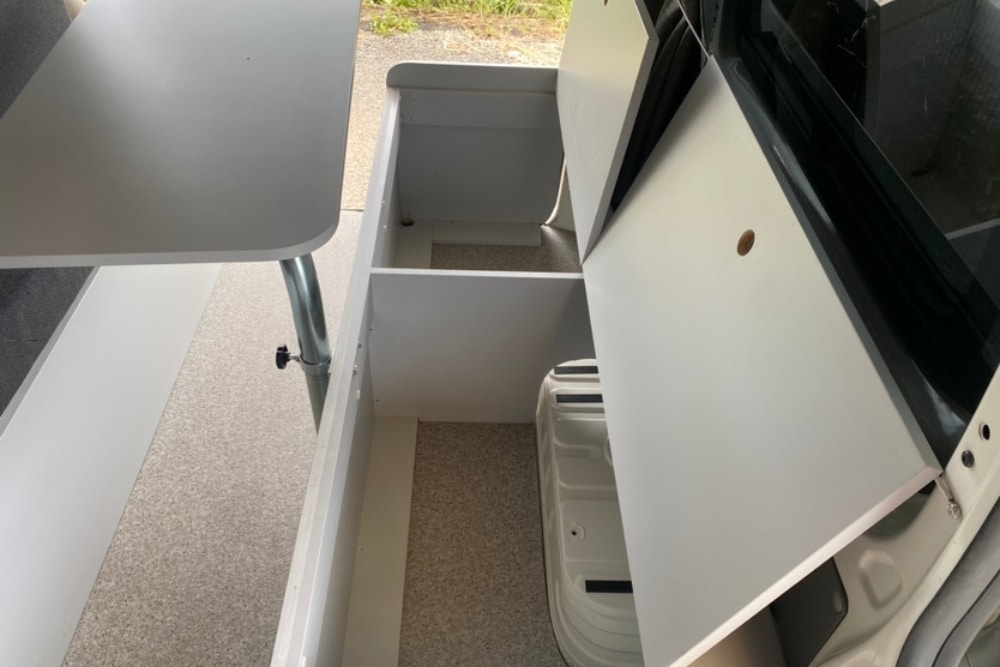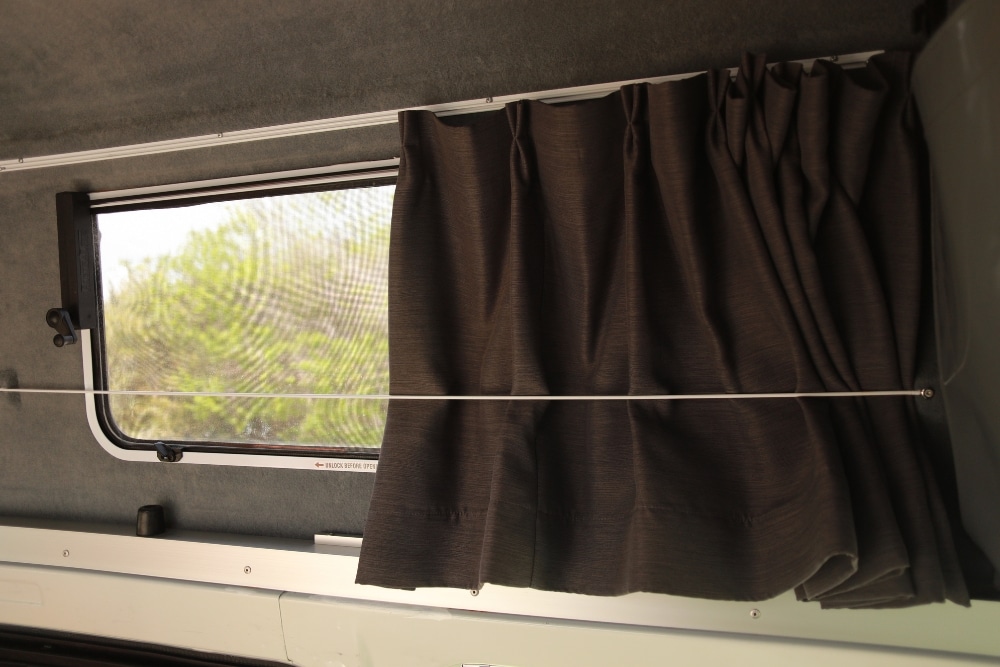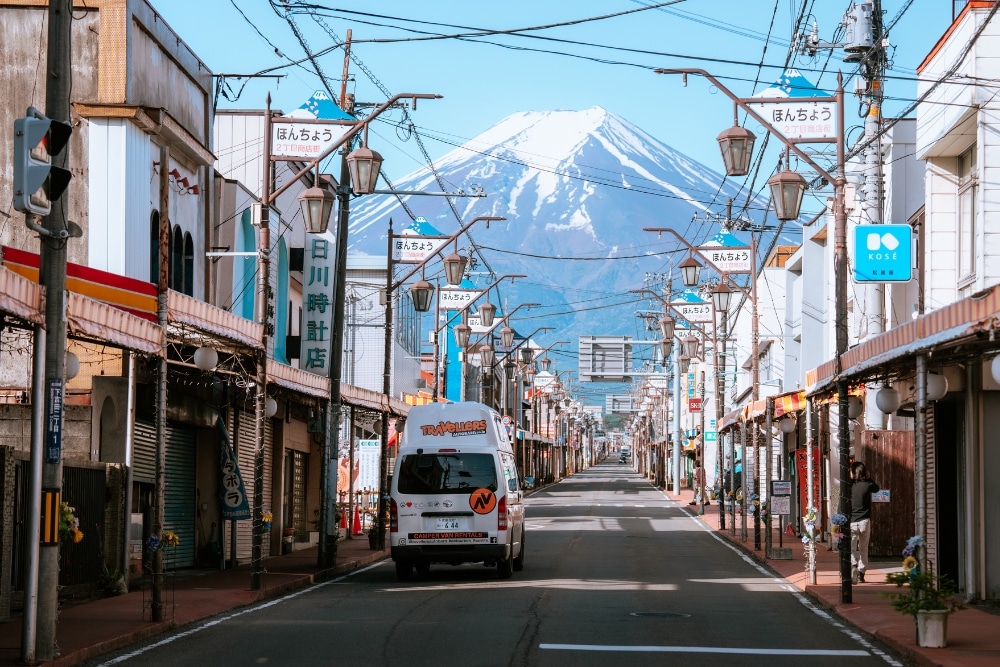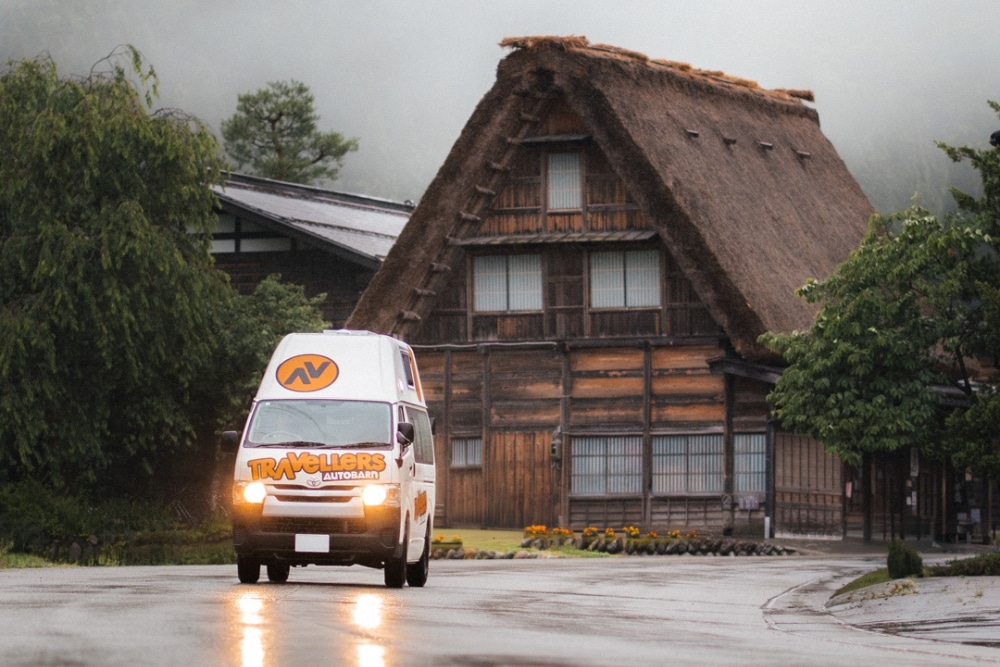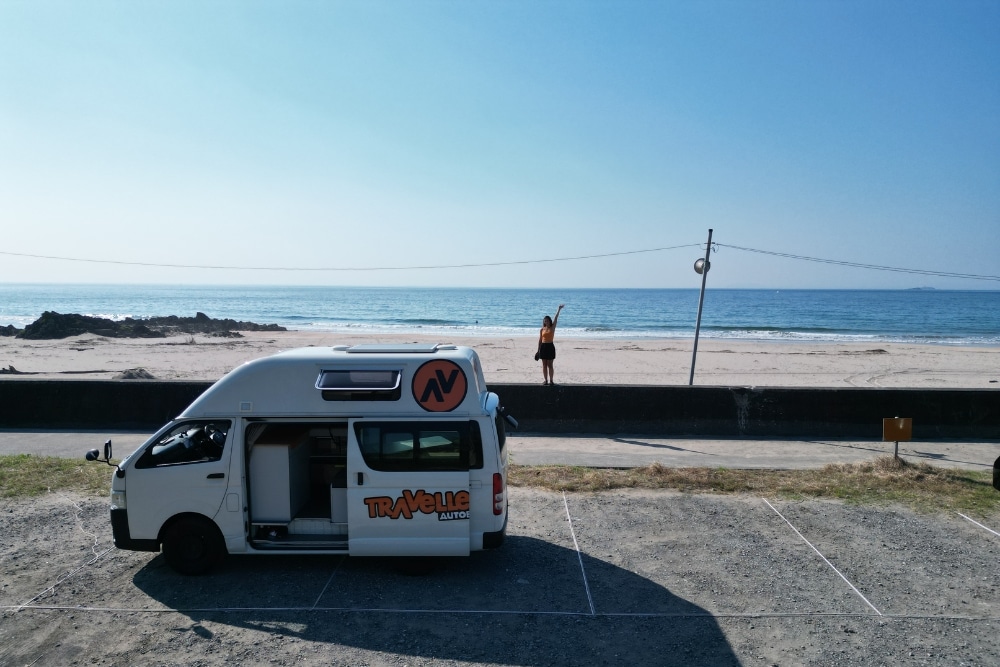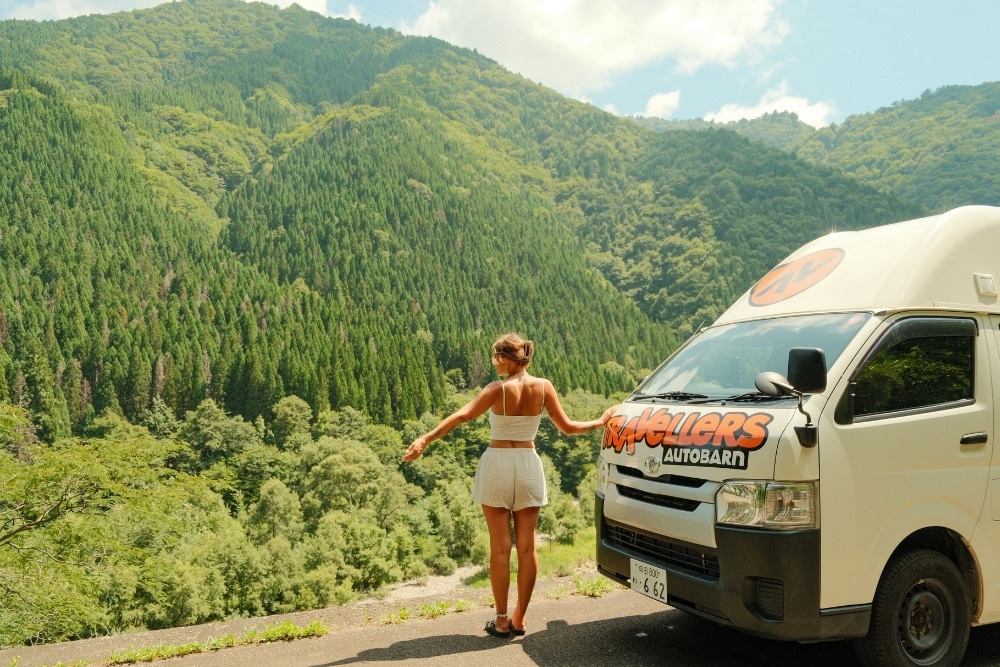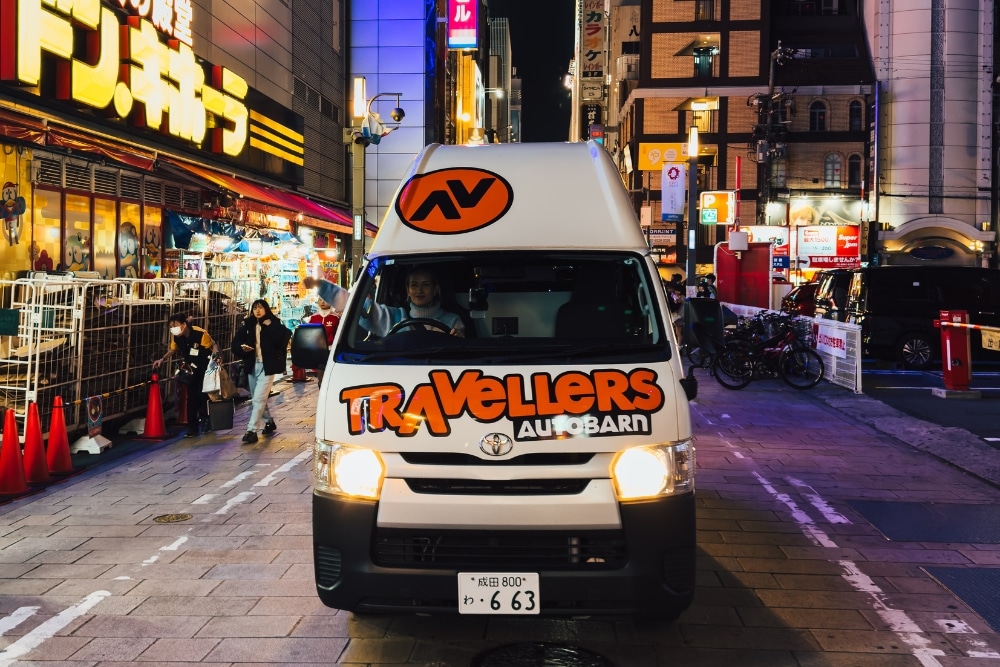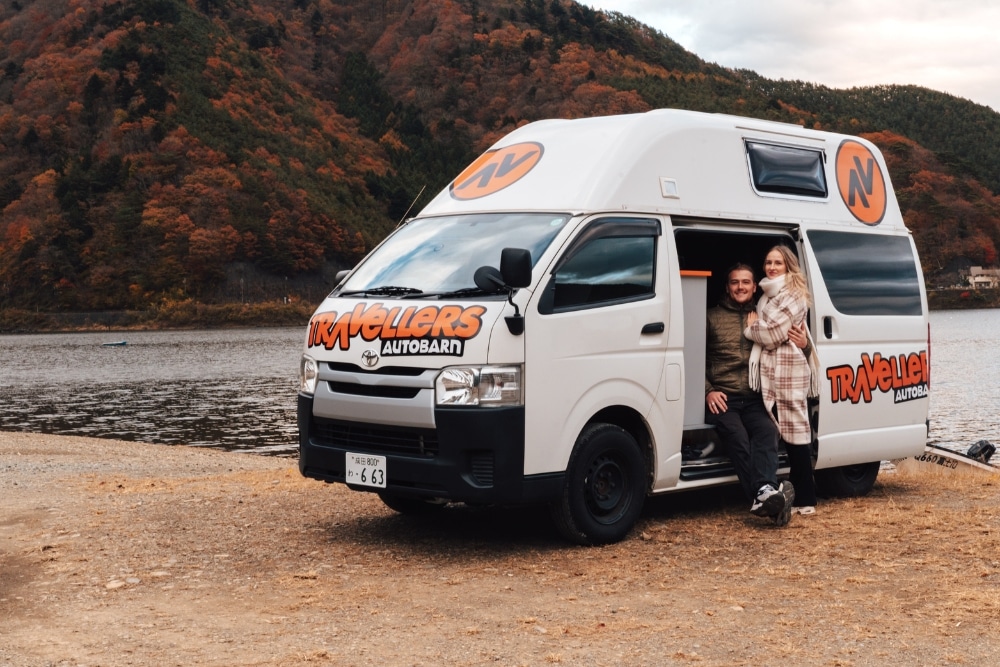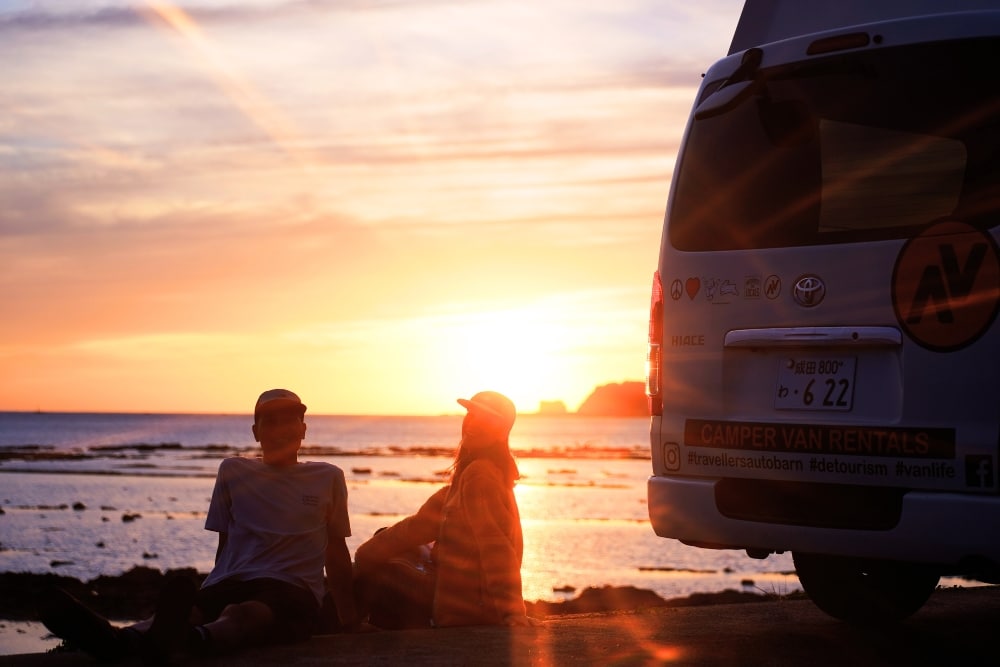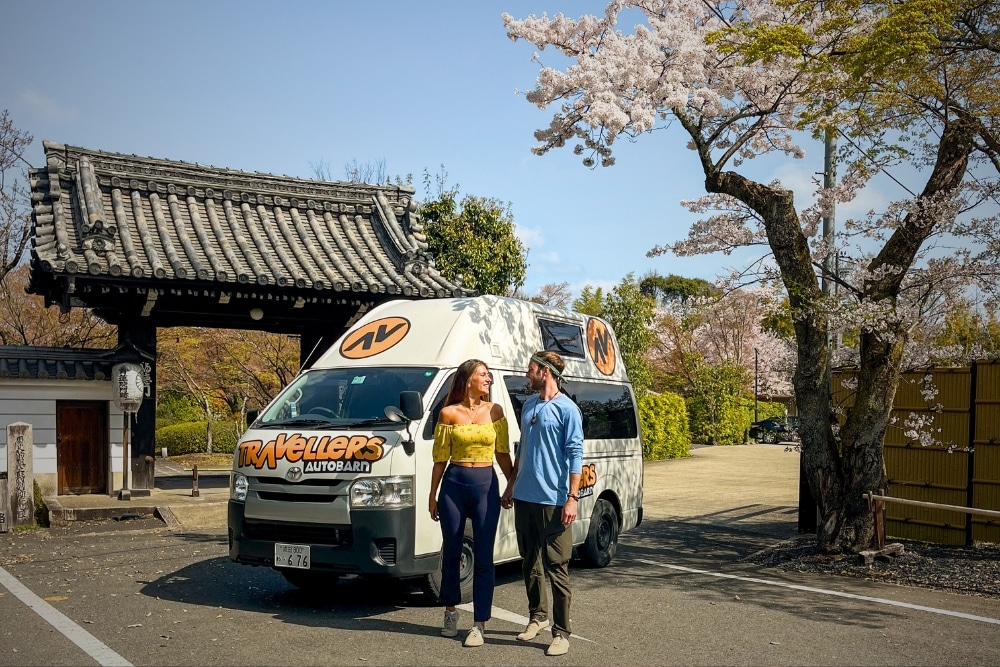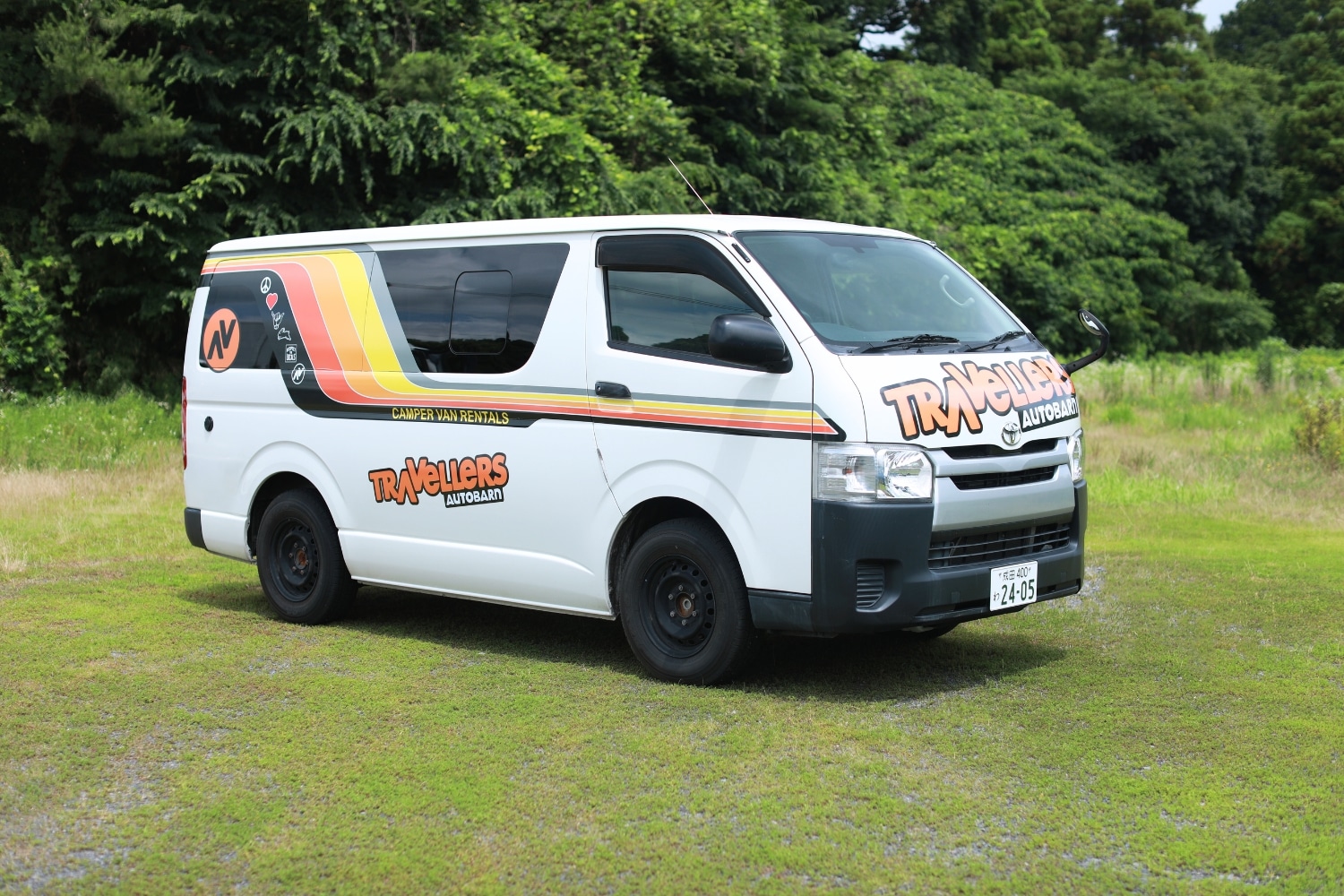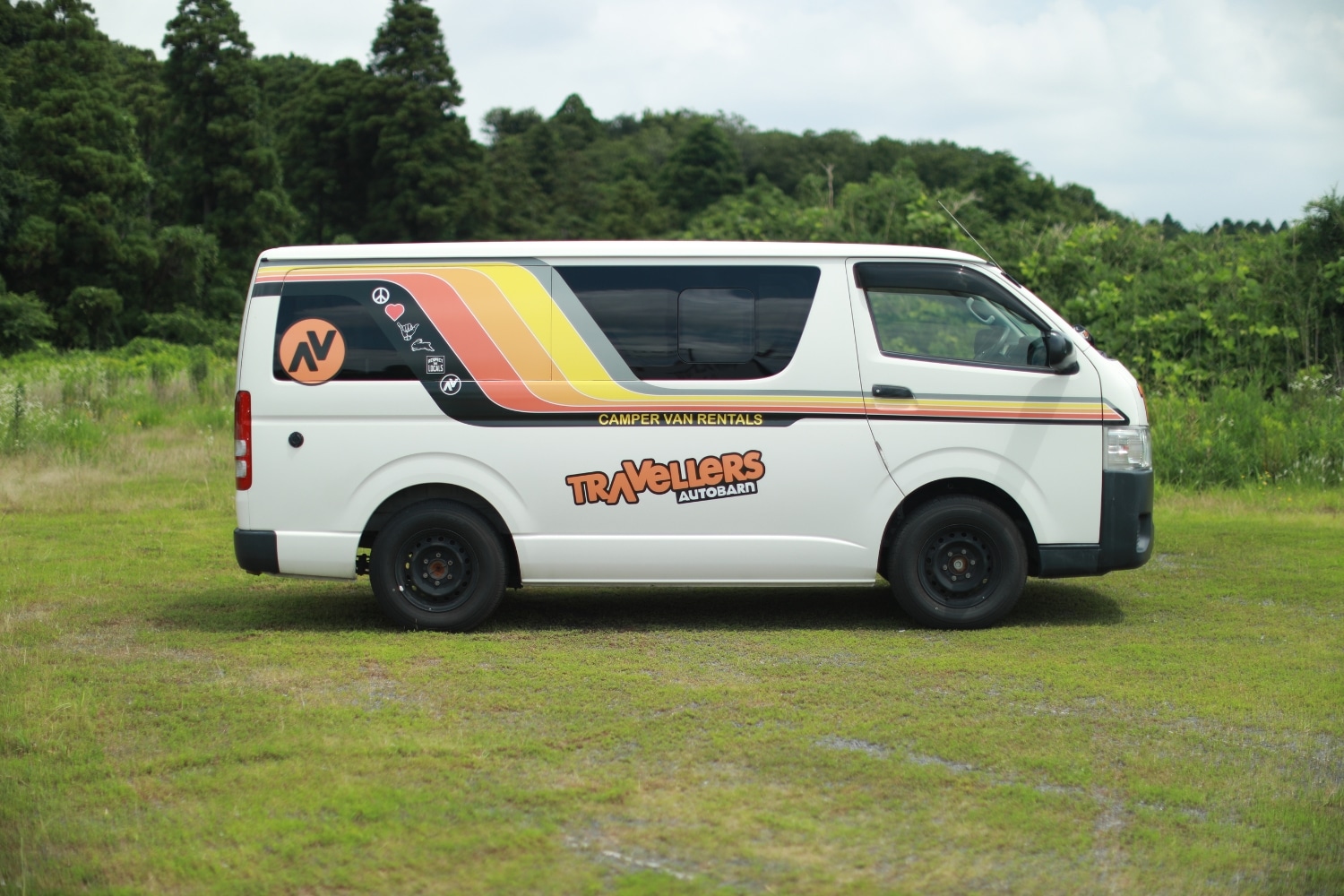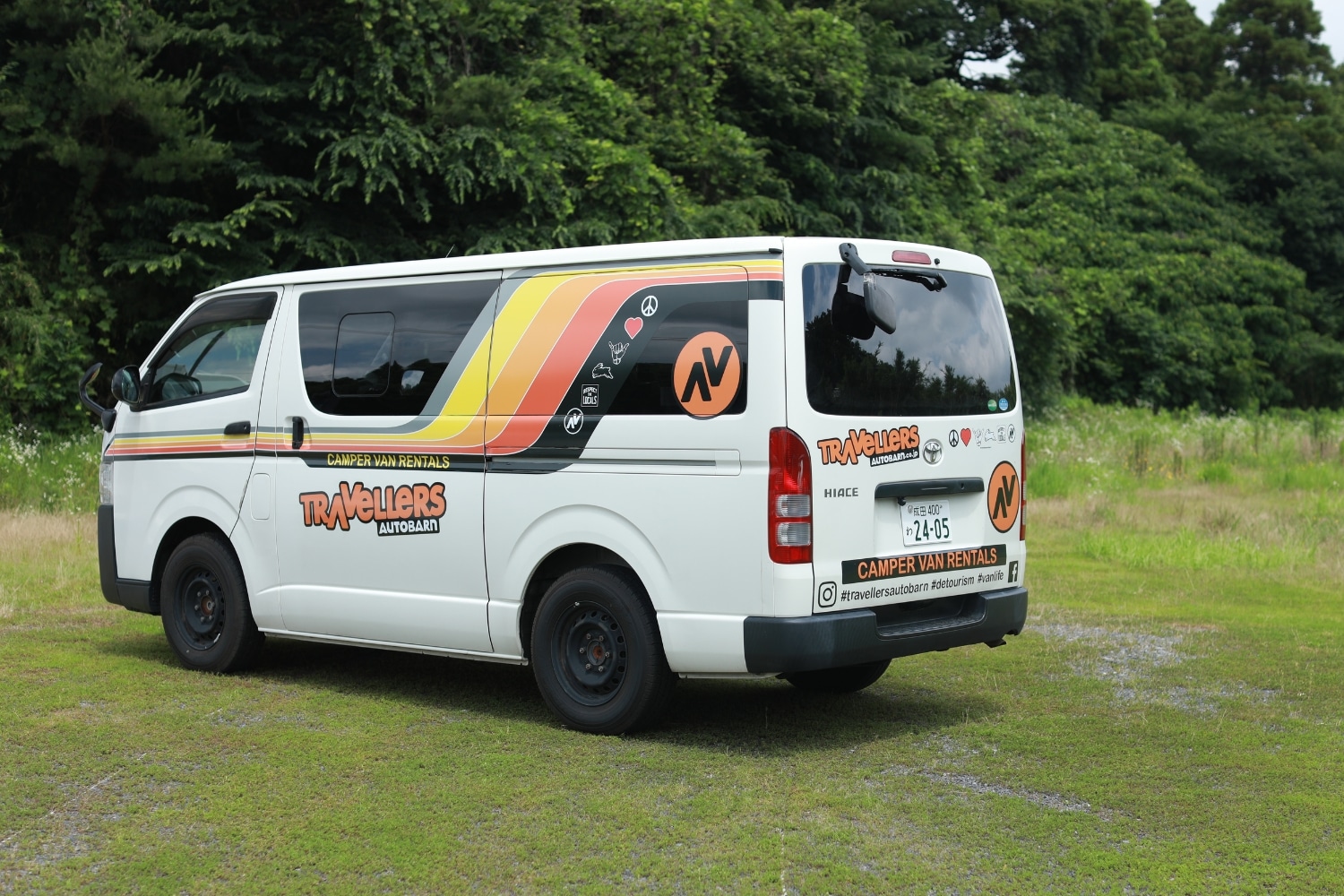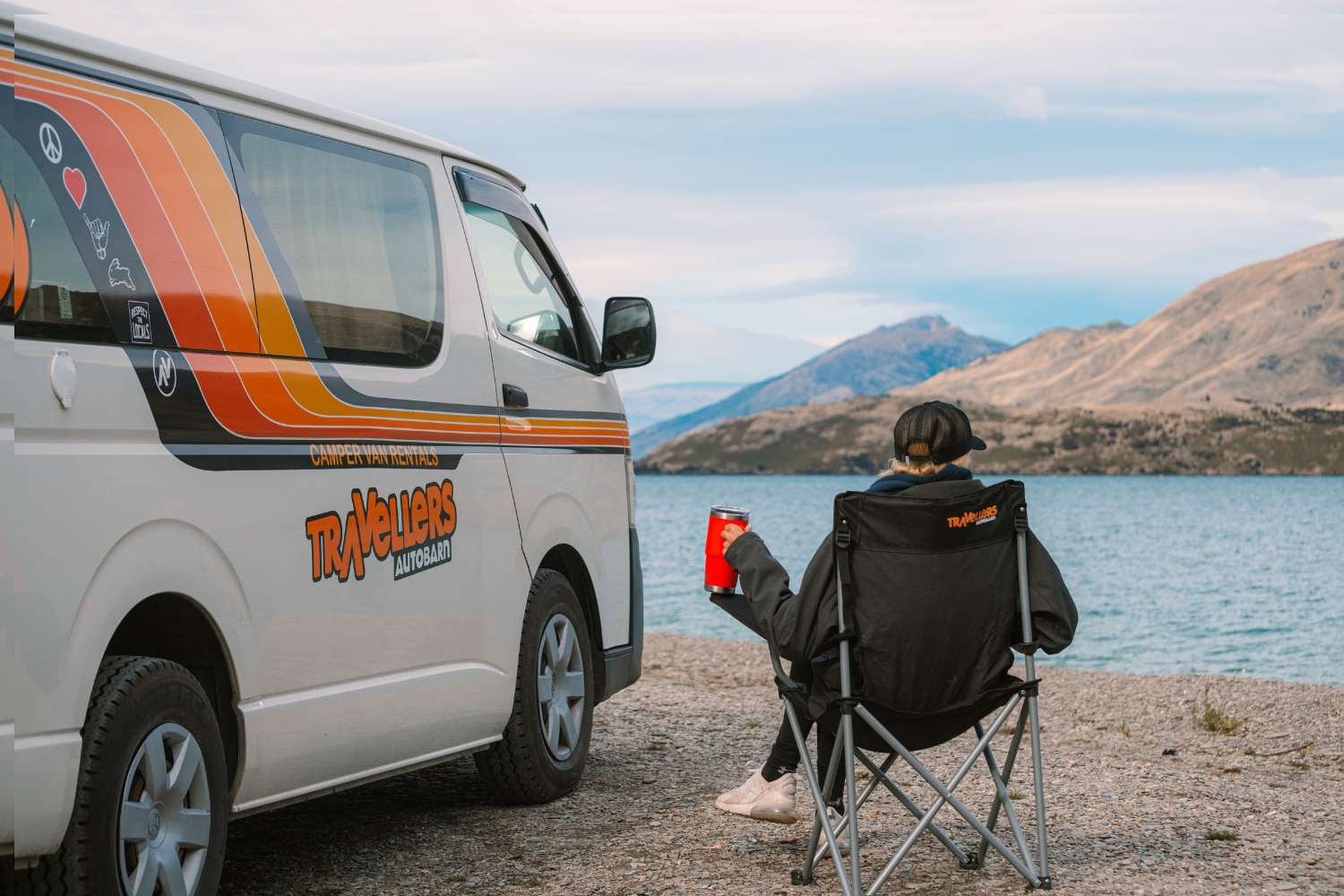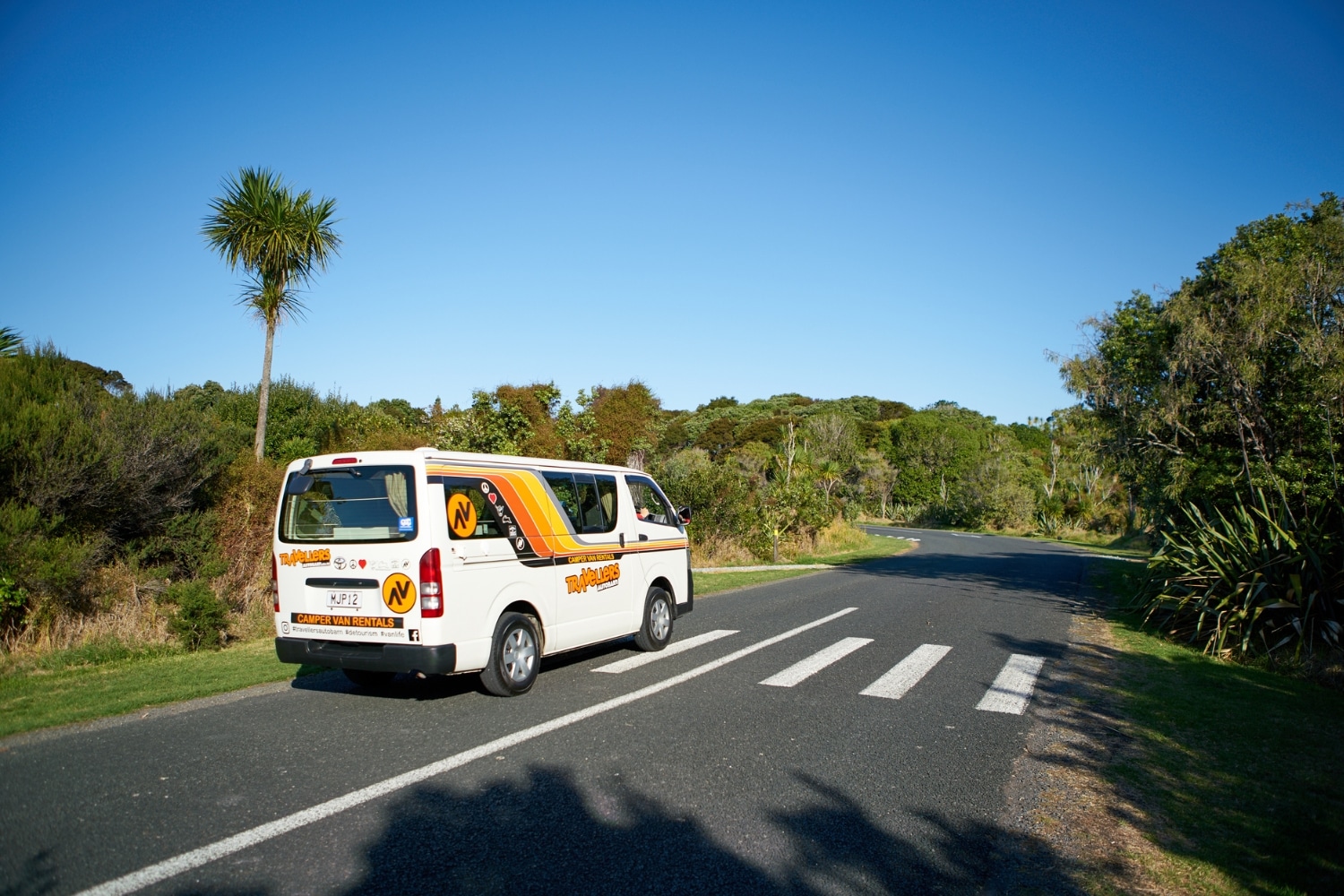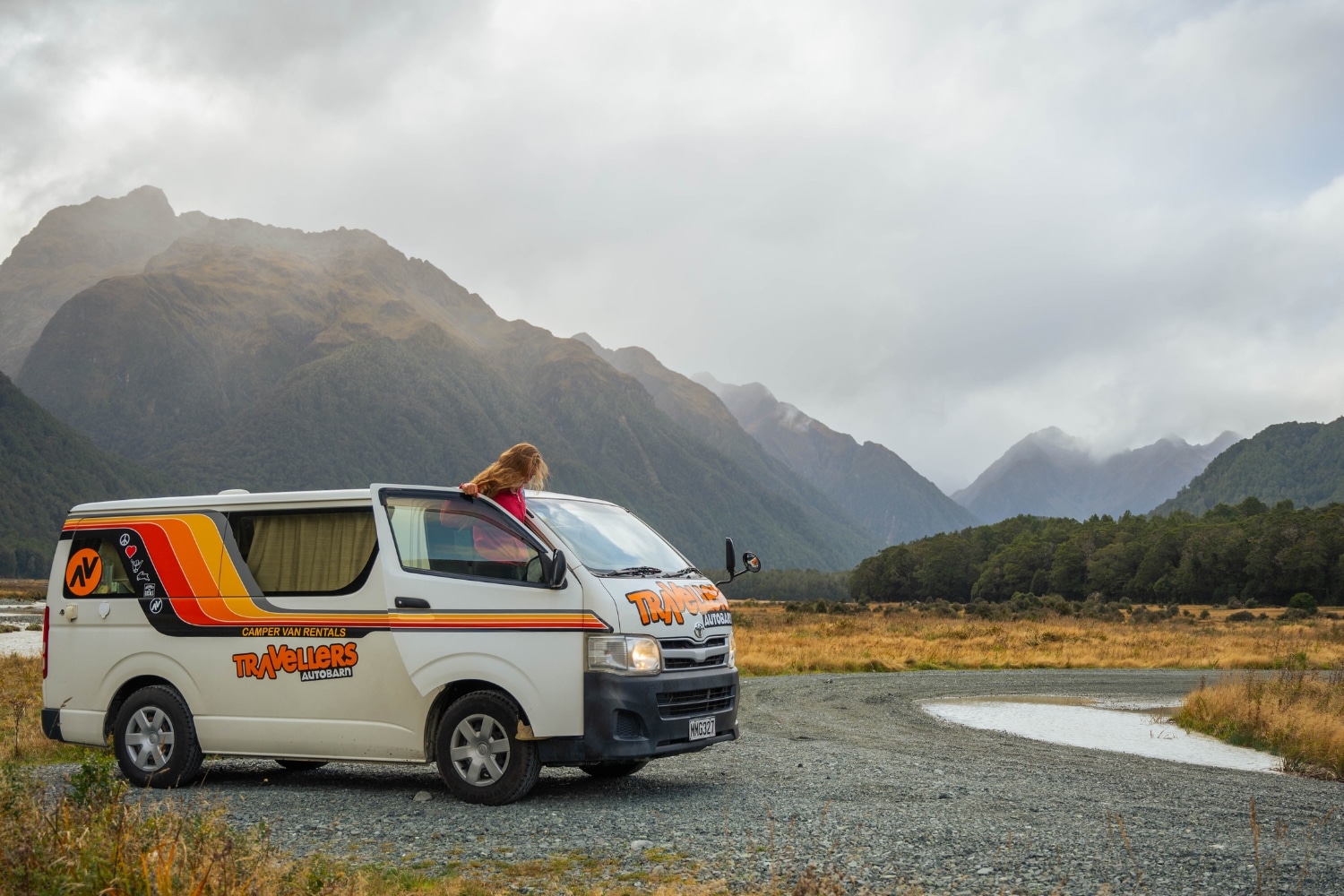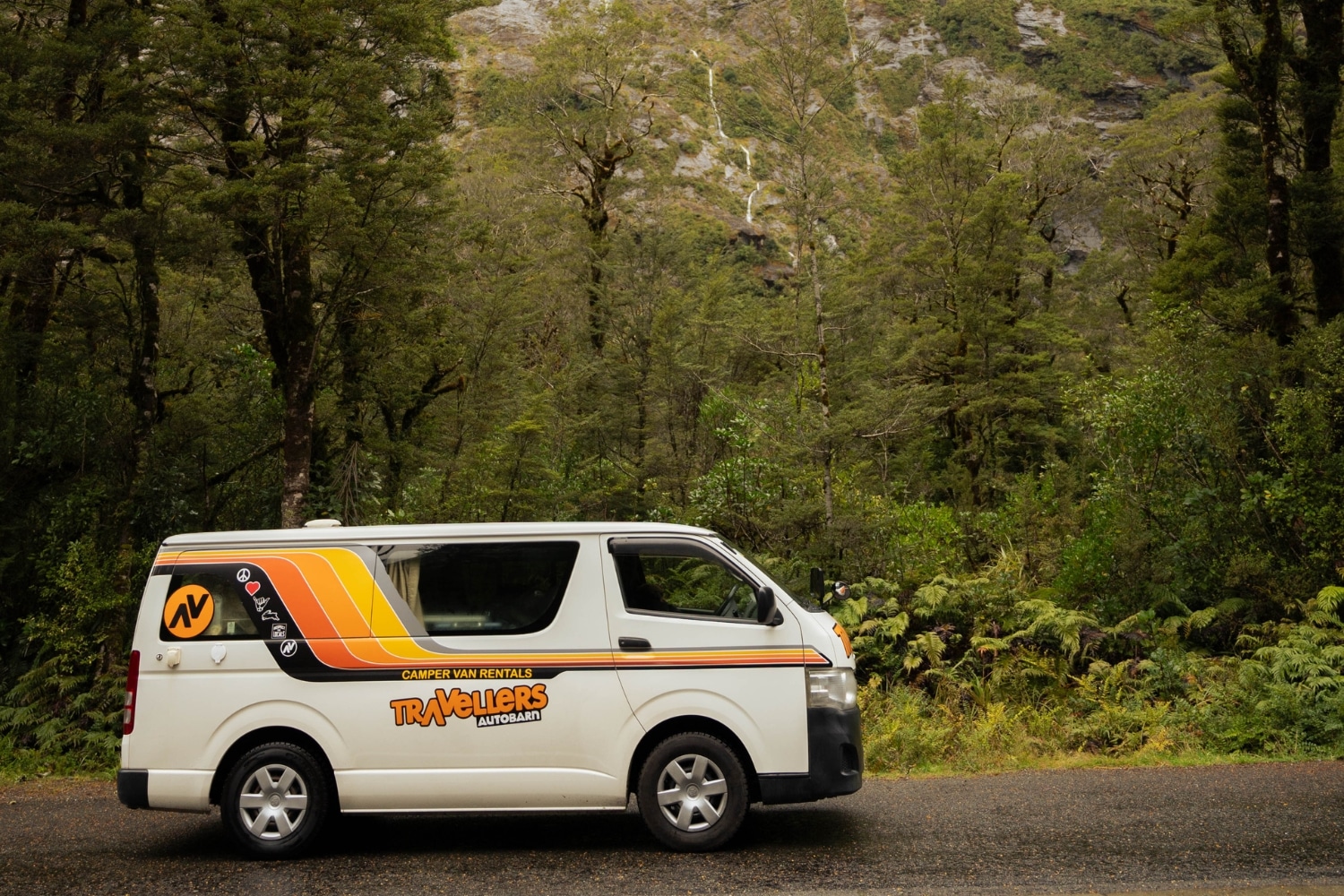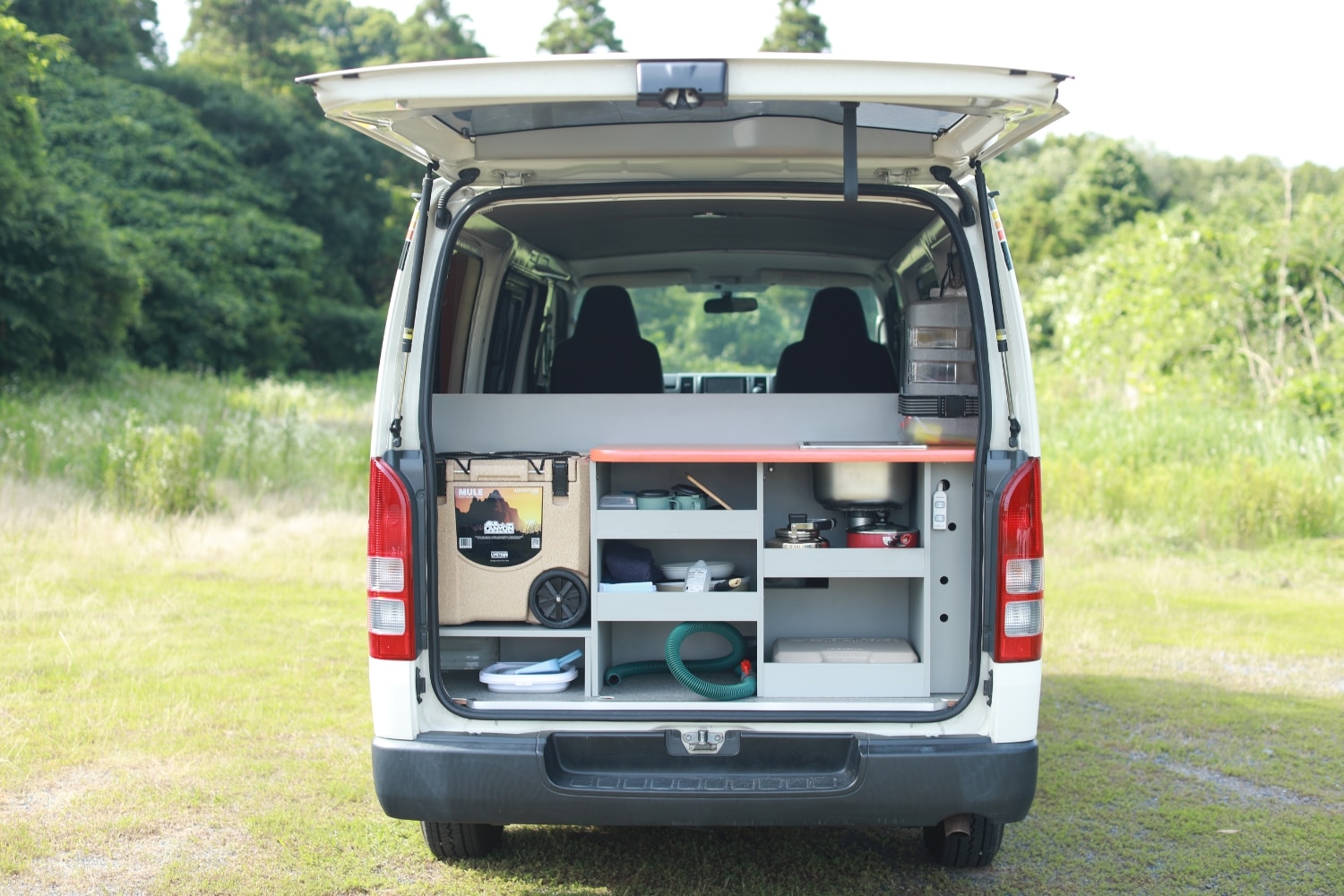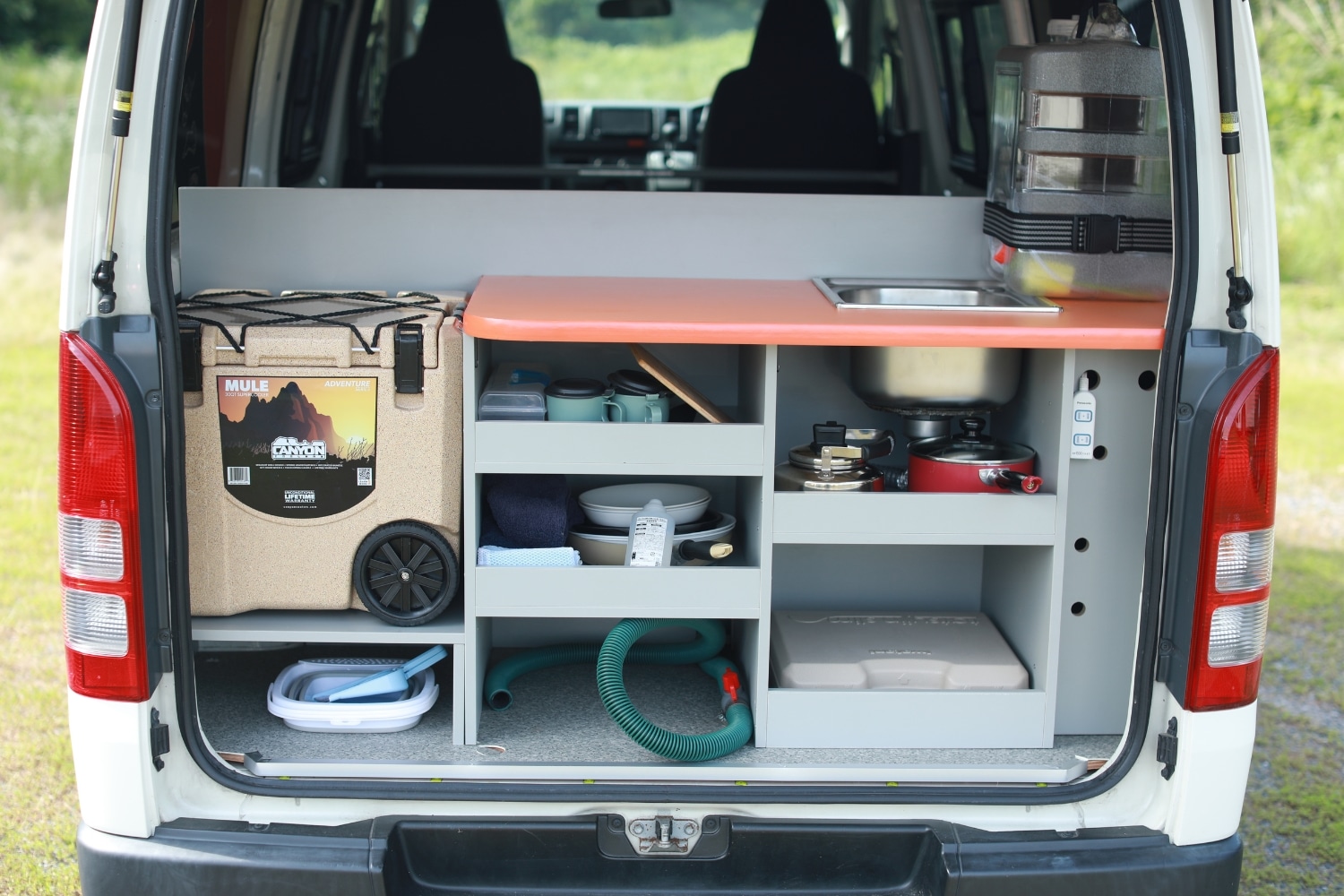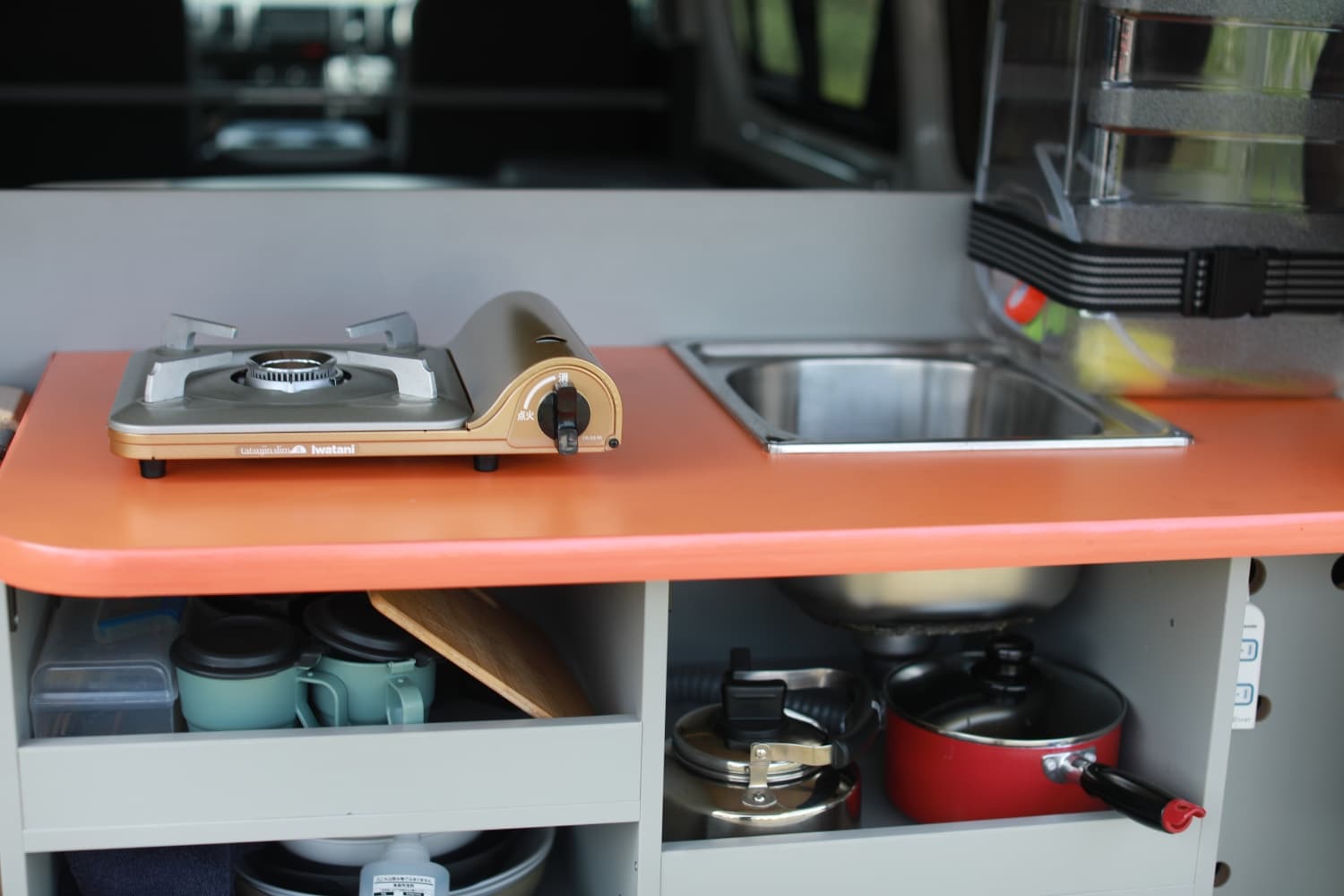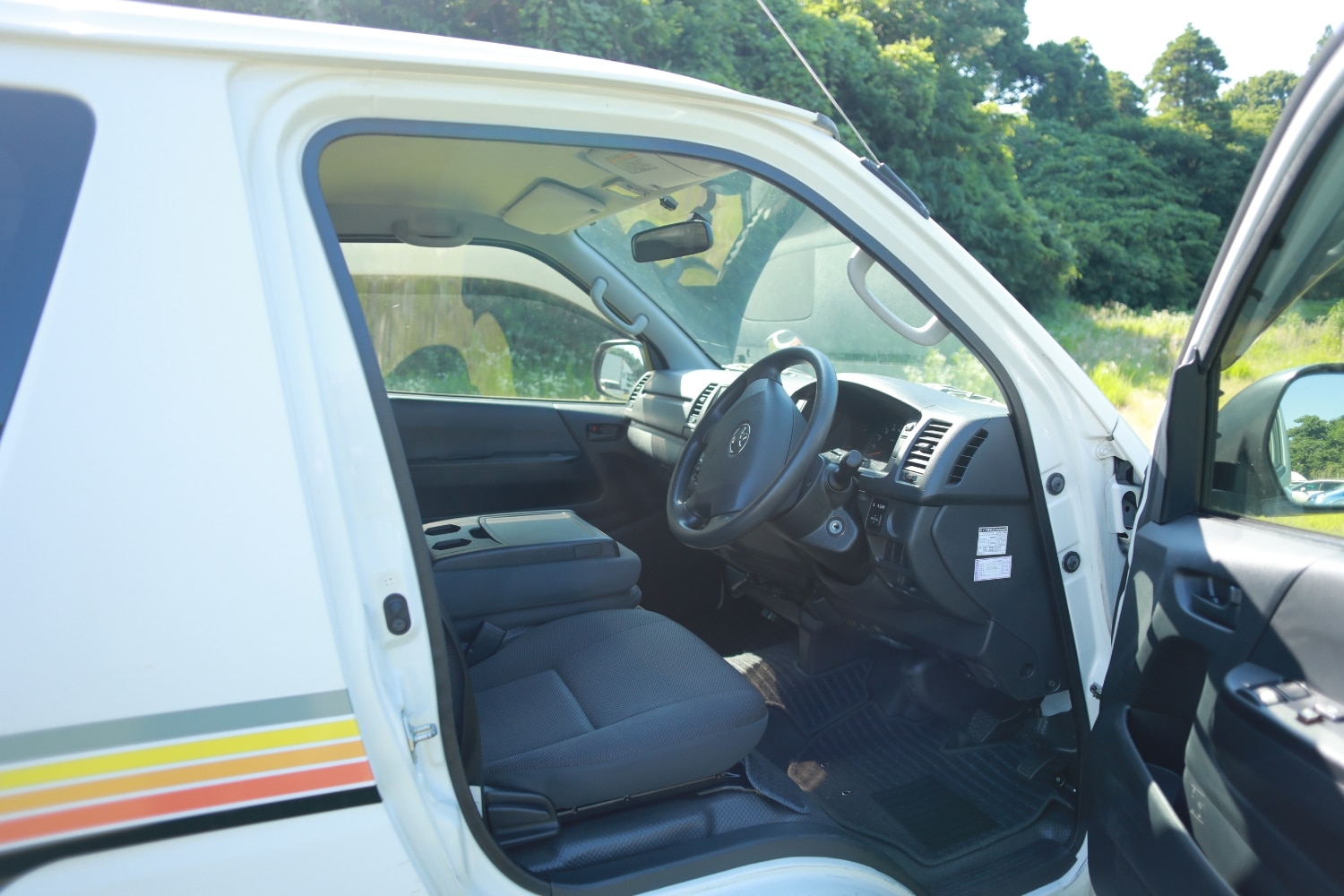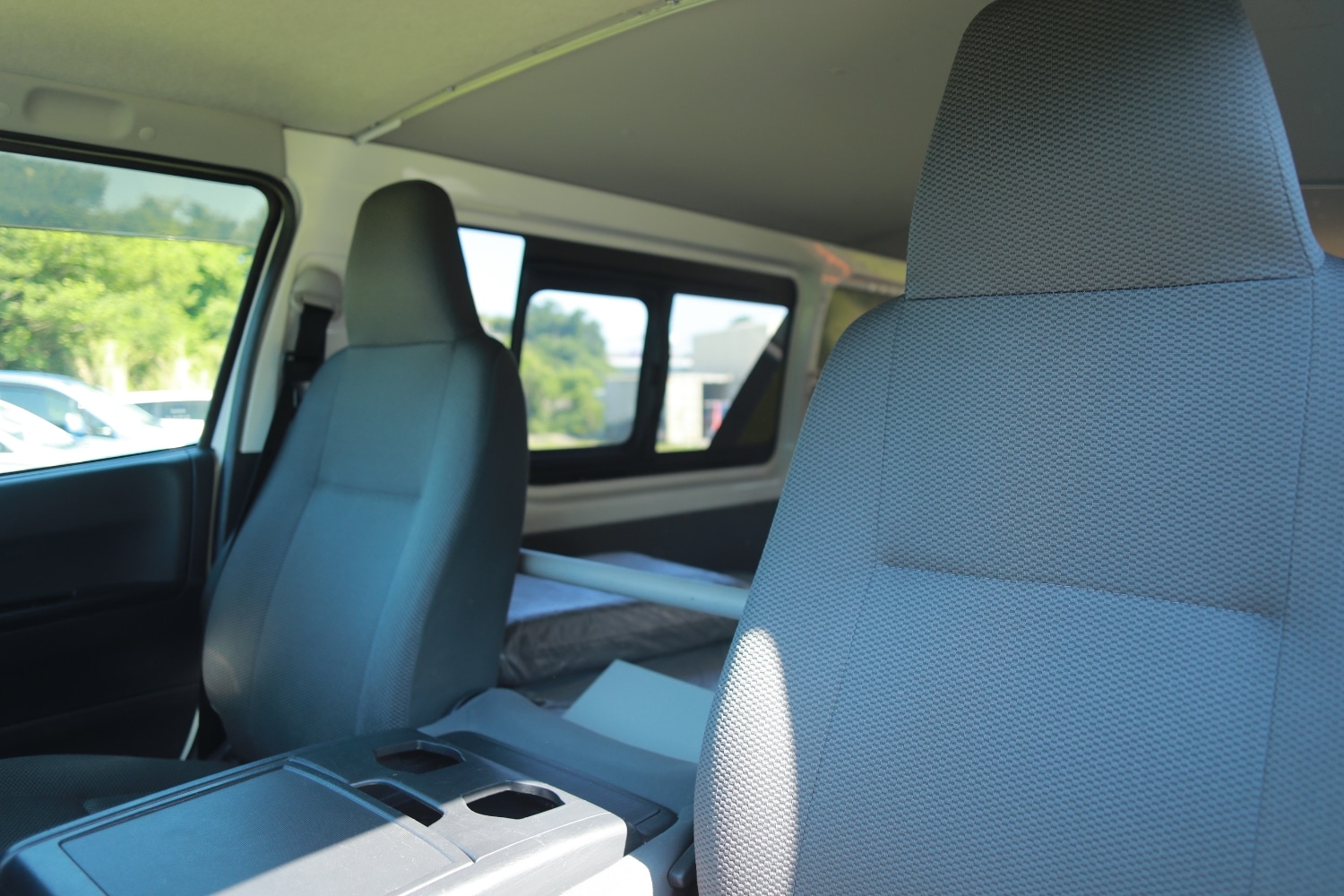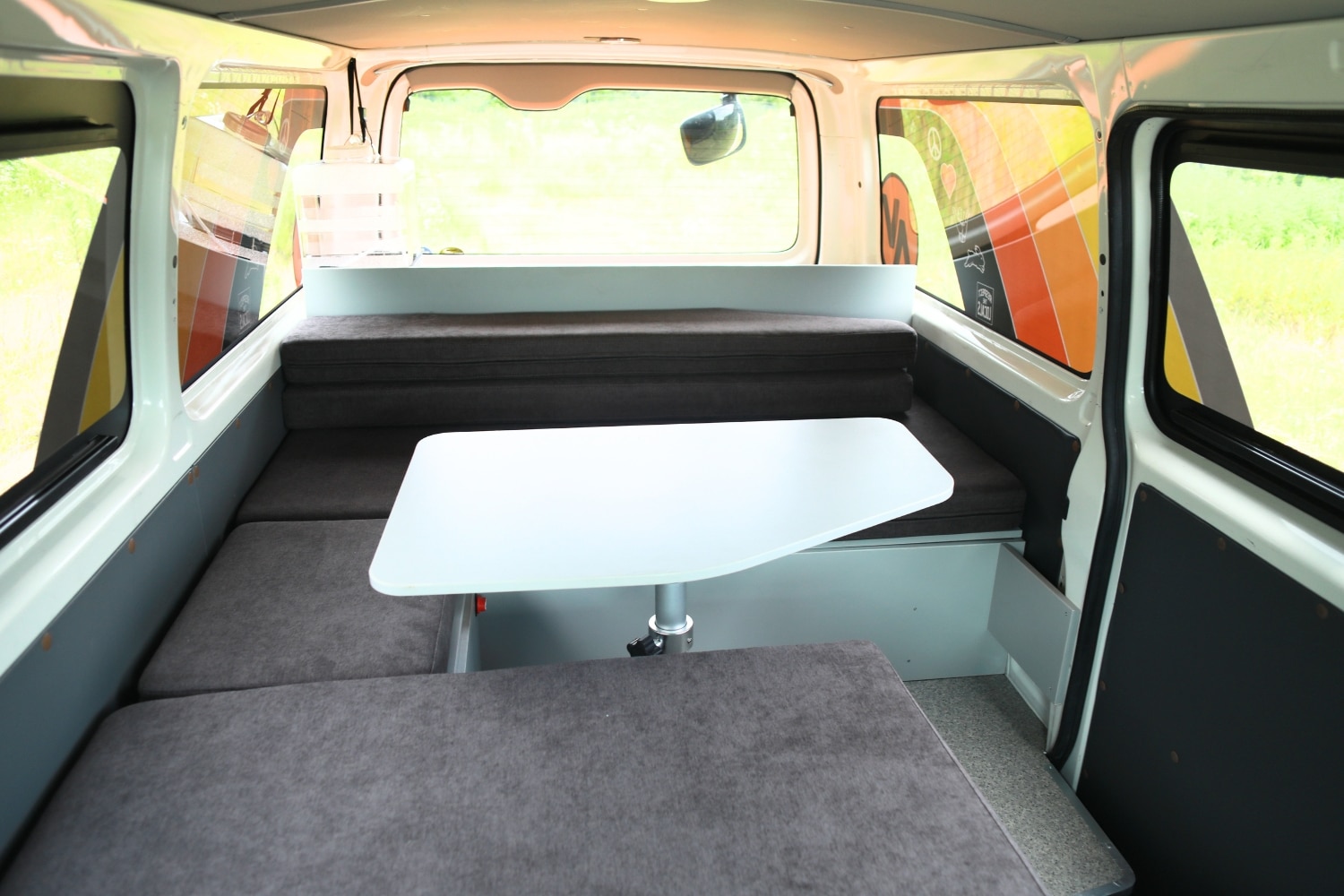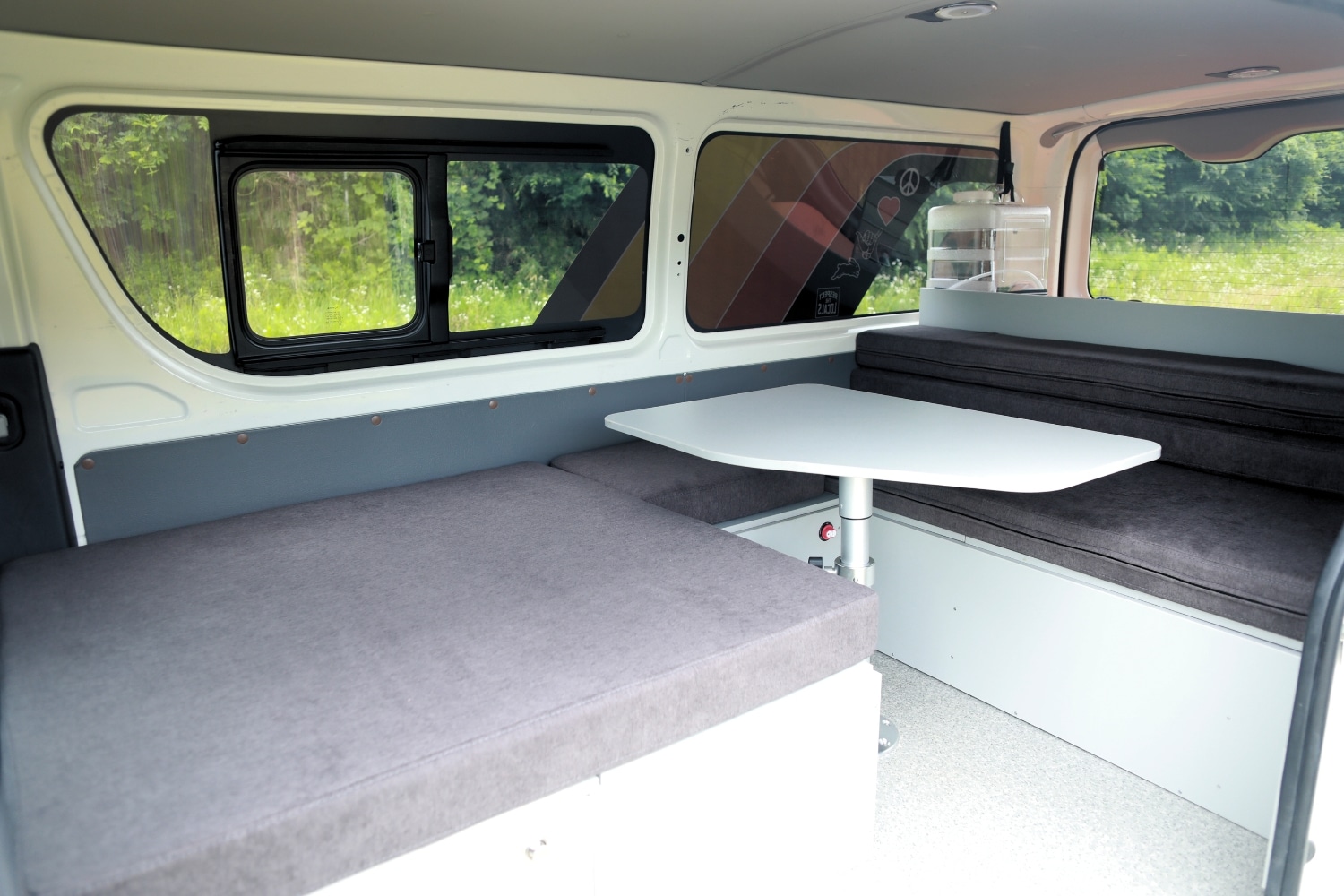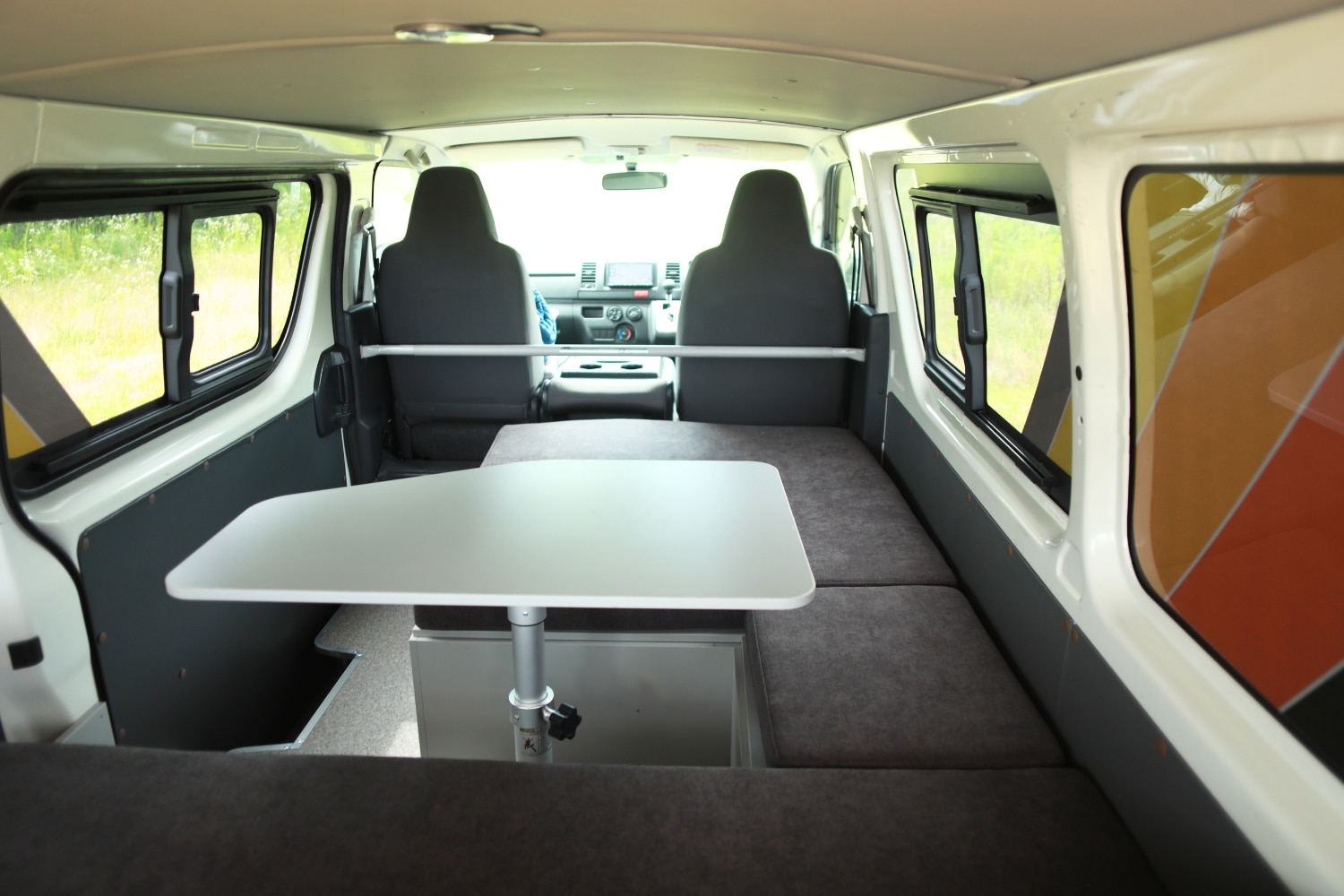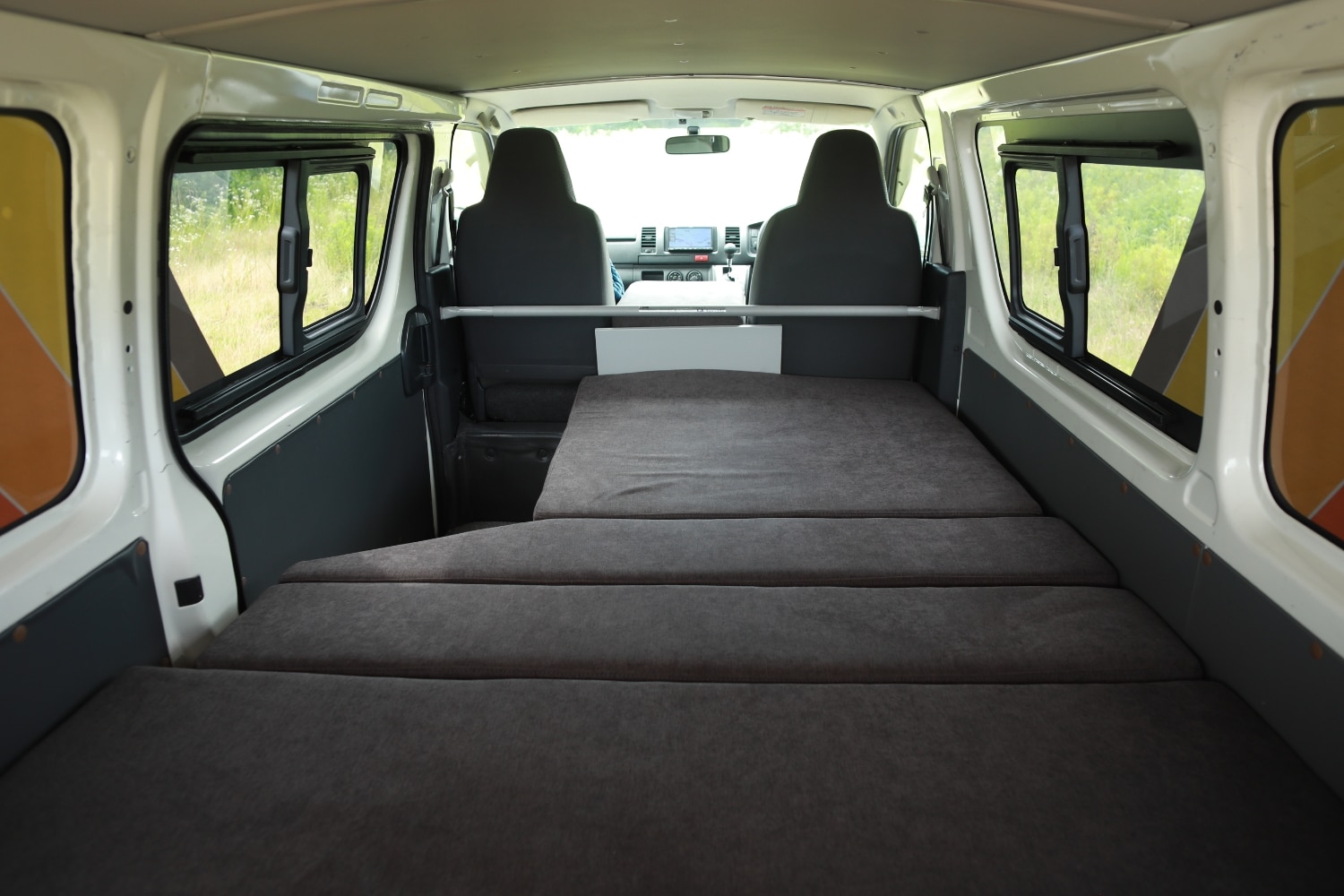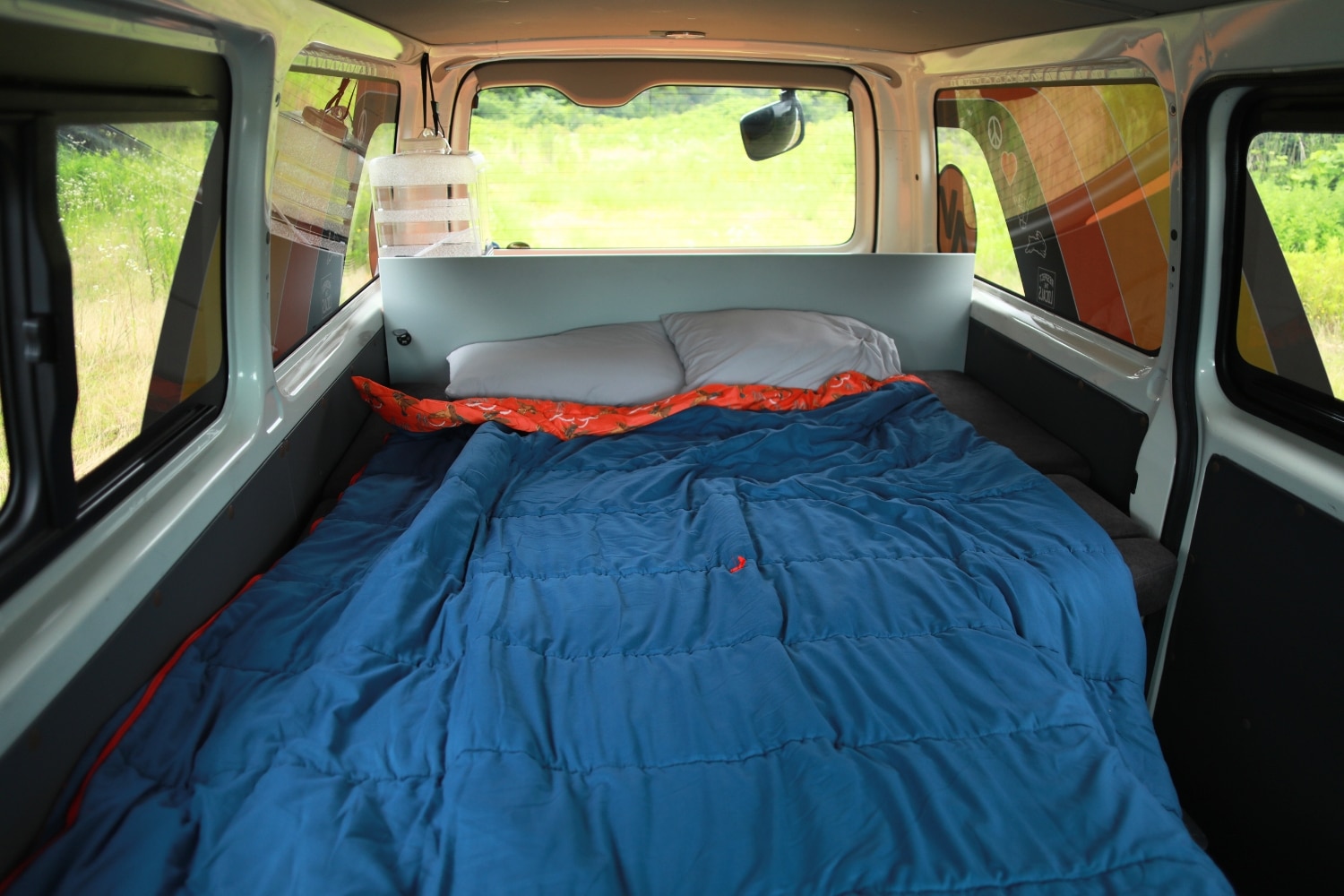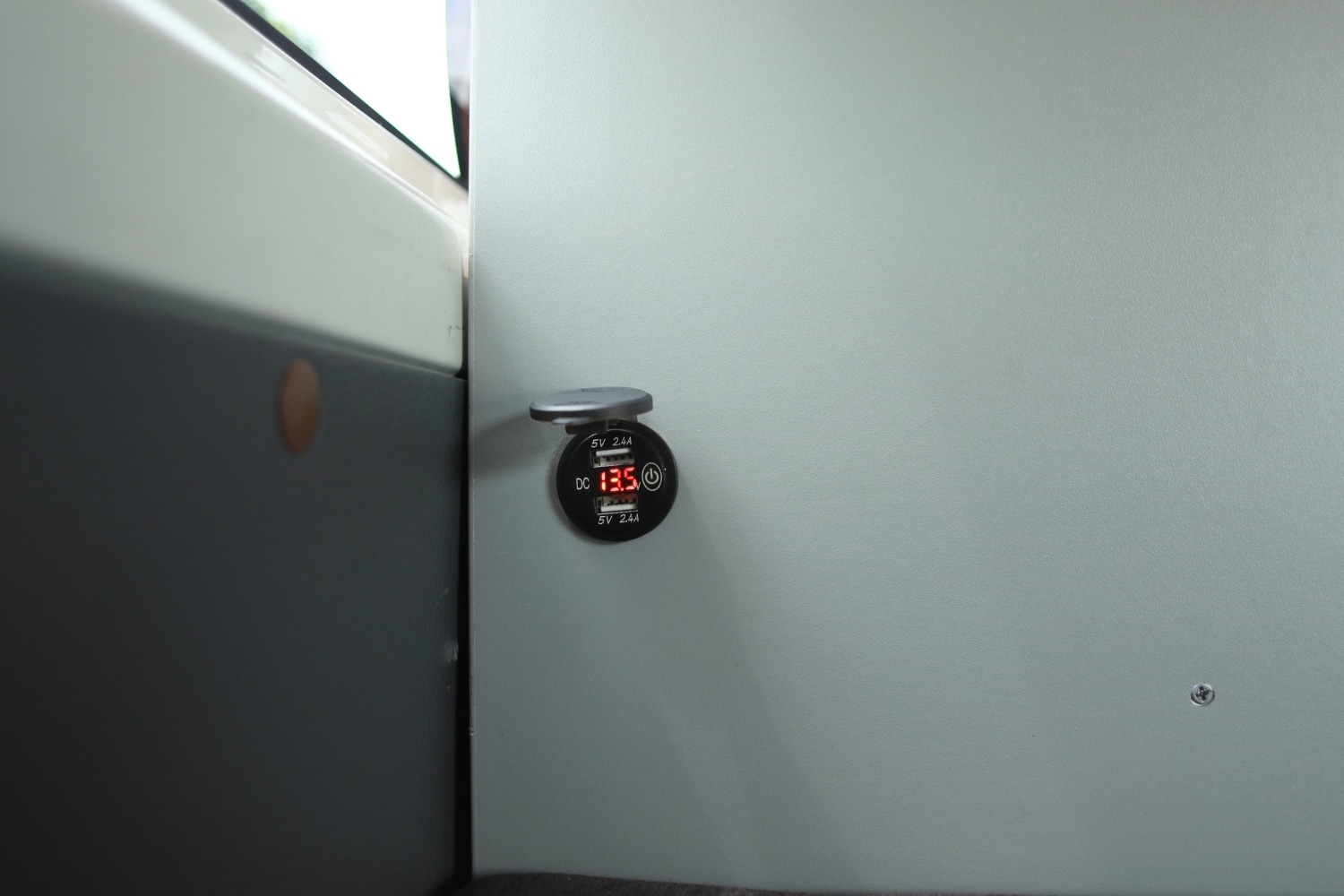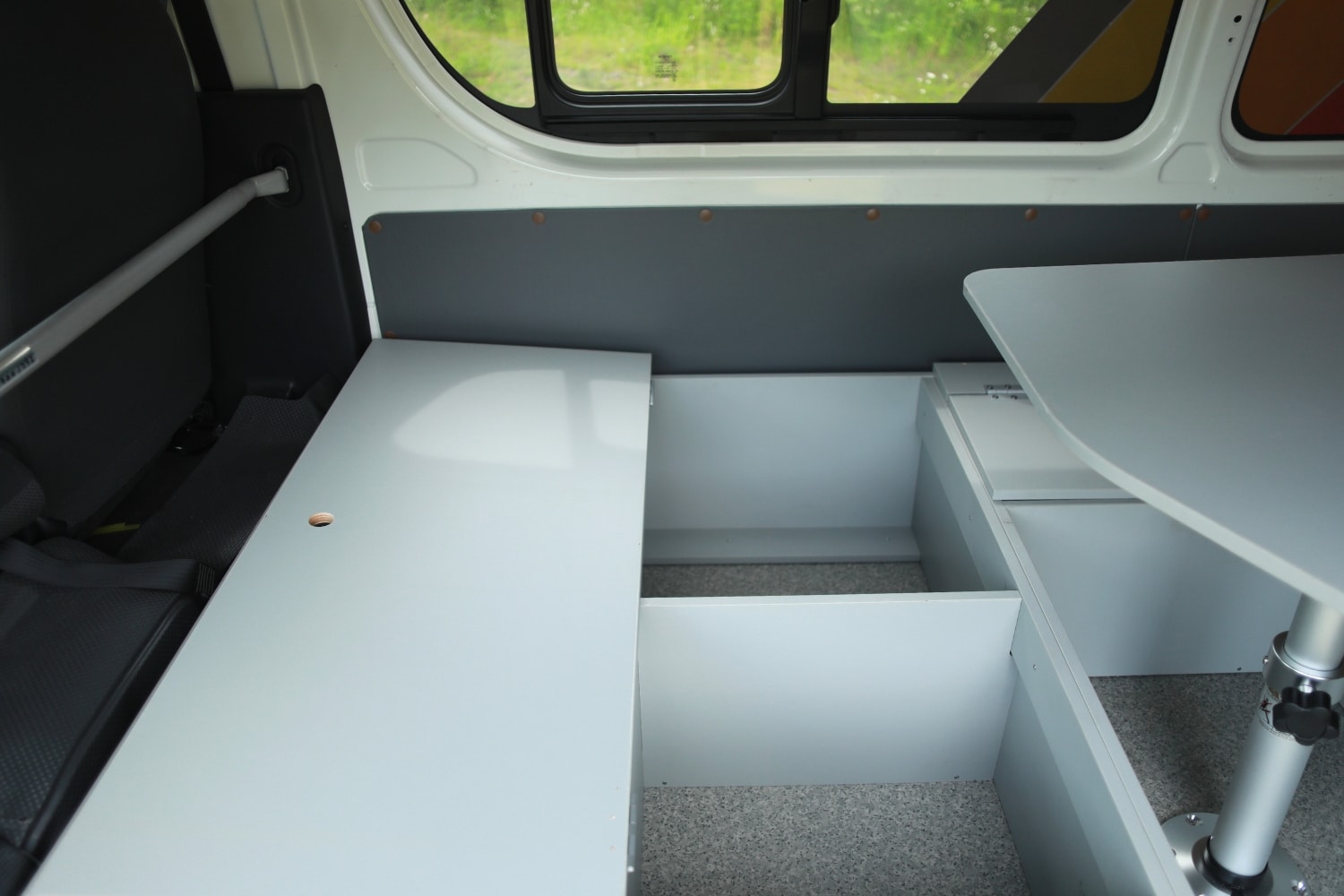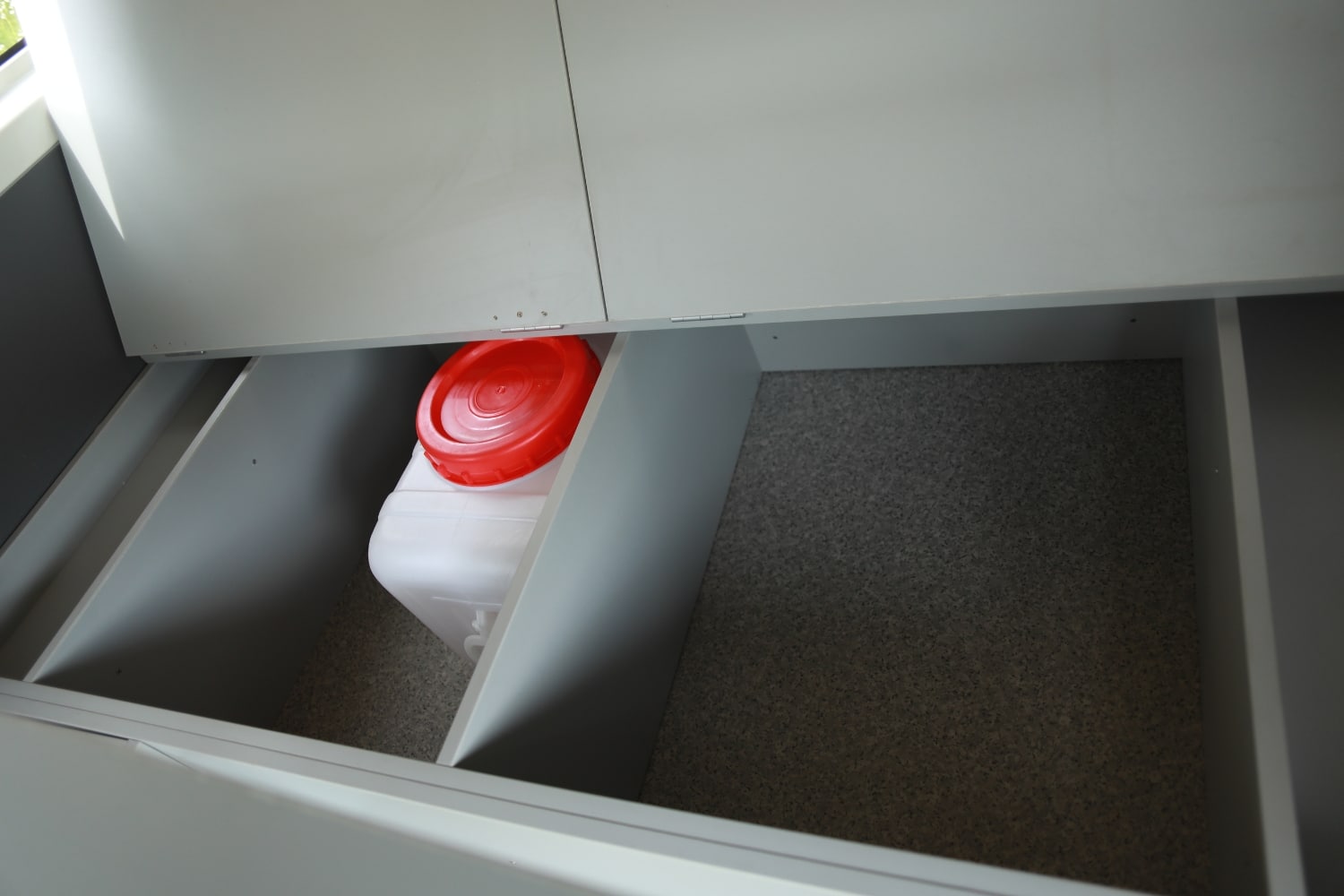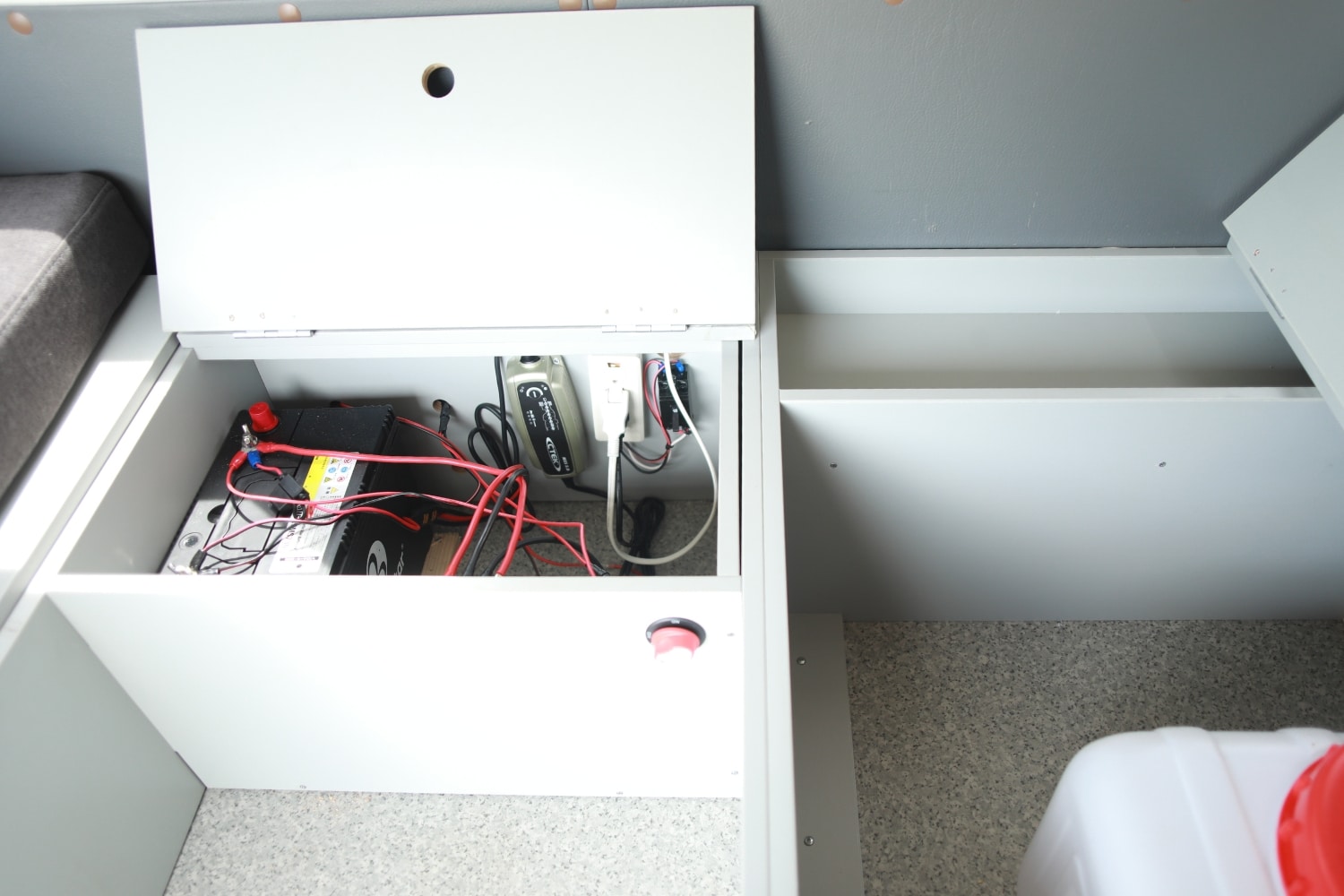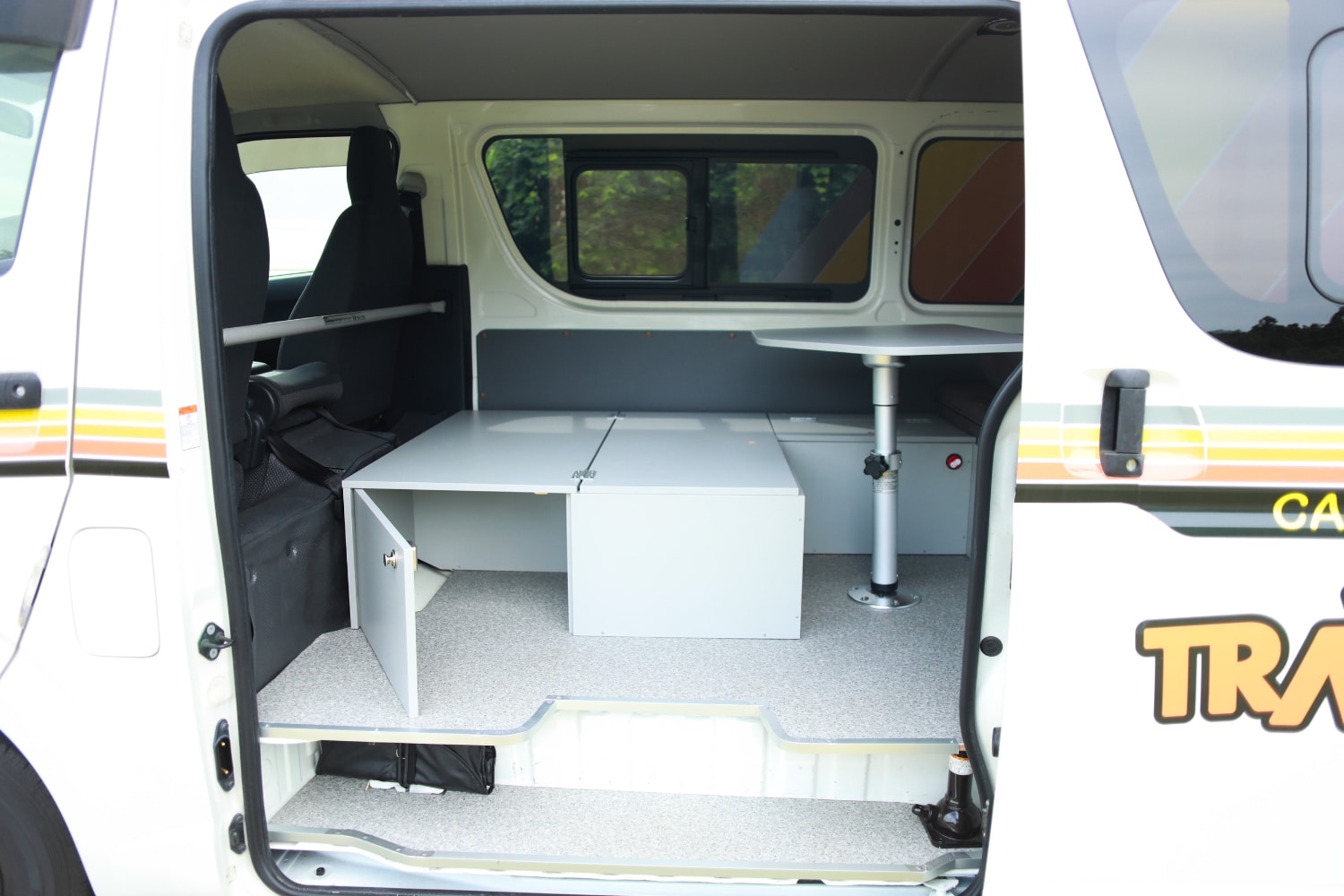Ibaragi Area
Stop 1 (Day 1)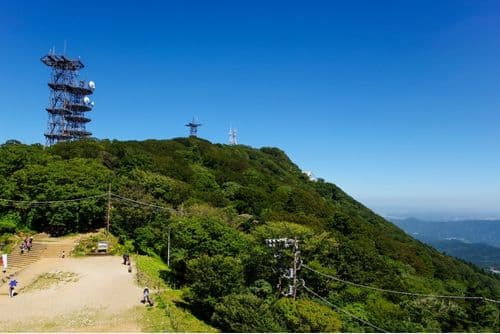
For those interested in road trips or campervan itineraries, Tsukuba presents an excellent starting point or a serene stopover. The area is surrounded by rich natural beauty, including Mount Tsukuba, known for its twin peaks and breathtaking views of the Kanto Plain. Hiking, cable car rides, and enjoying the local onsens (hot springs) are popular activities.
Culturally, Tsukuba offers a mix of modern and traditional experiences. Visitors can explore the Tsukuba Expo Center, with its planetarium and interactive science exhibits, or delve into Japanese tradition at one of the many local shrines and temples. The Tsukuba Botanical Garden is another must-visit for nature enthusiasts, showcasing a vast array of plant species.
For those planning a road trip or campervan journey, Tsukuba’s location makes it an ideal gateway to explore the rest of Ibaraki Prefecture and its coastal areas, including the stunning Hitachi Seaside Park. With its unique blend of science, nature, and culture, Tsukuba offers a diverse and enriching experience for every traveler.
In addition to the mountain passes, there are also places around the area where you can enjoy the forest while riding a horse.
Places where you can get in touch with nature by fishing.
Places where you can ride a bicycle with Local Guide.
It will be a day to enjoy nature, mountain passes, and leisure activities.
Tochigi Area (Nikko Tosho Gu)
Stop 2(Day 2)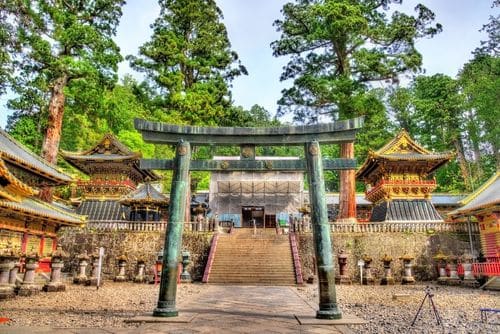
Tochigi Area (Nikko Iroha Slope)
Stop 3(Day 2)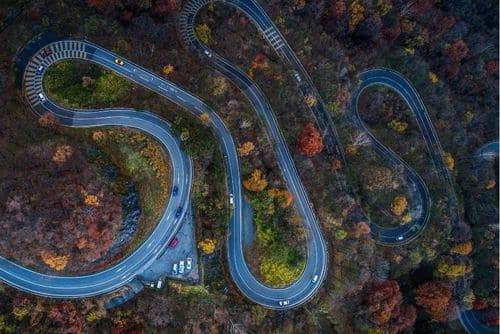
Tochigi Area (Kegon waterfall)
Stop 4 (Day 2)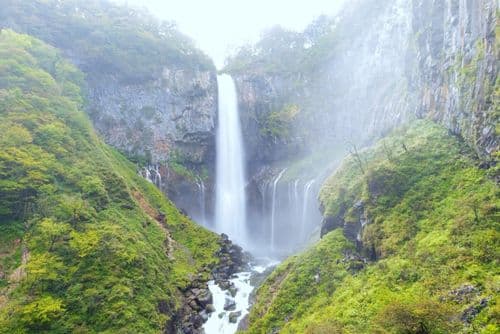
Kegon waterfall is one of the three most famous waterfalls in Japan.
The sight of 30 tons of water falling from a height of 97 meters per minute will surely make you forget your fatigue from the Iroha slope and leave you in awe of nature.
In summer, visitors can see Kegon Warter Falls surrounded by fresh green foliage, and in autumn, they can see Kegon Warter Falls surrounded by autumn leaves.
Gunma Area (Gunma Safari Park)
Stop 5(Day 3)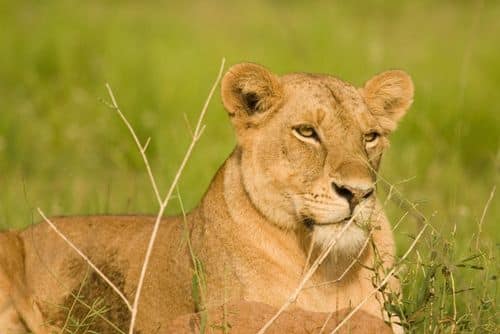
In Ibaraki, I recommended leisure activities such as horseback riding, fishing, and cycling that bring you in touch with nature.
In Tochigi, I also introduced you to Japanese shrines and spectacular waterfalls.
Perhaps you will be a little tired by this point, so here’s a soothing itinerary for you!
Gunma is famous for its hot springs, but there are other places to enjoy them as well.
How about getting in touch with animals before taking a dip in the hot tub to refresh your mind and body?
At Gunma Safari Park, you can not only listen to the guide’s explanation while riding in the car, but you can also approach the animals and feed them. Since you can feed not only herbivores but also carnivores, you will be able to see animals that you would not normally expect to see.
In addiion to them, you can feel a powerful experience in which you cut the meat yourself and feed it to the animals from the back of the animal house, where only the keepers are usually allowed to enter.
Contact with animals is said to have a healing effect in psychology, so please take this opportunity to experience it.
Gunma Area (Hot Spring)
Stop 6(Day 3)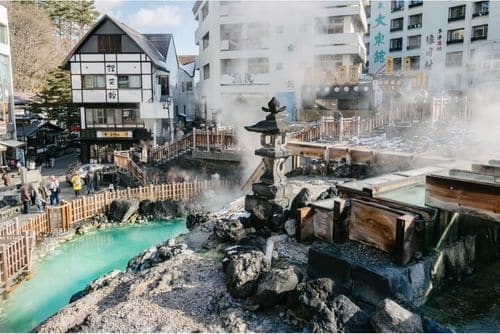
Gunma Prefecture, located in the heart of Japan, is renowned for its abundant and diverse hot springs, making it a must-visit destination for those looking to experience the quintessential Japanese onsen culture. The region is home to several famous hot spring towns, each offering a unique experience surrounded by nature’s serenity.
Kusatsu Onsen is perhaps the most celebrated, known for its high-quality sulfuric waters that are believed to have healing properties. The town features a picturesque Yubatake (‘hot water field’) at its center, where steaming water flows through wooden channels, providing a stunning view and a relaxing atmosphere.
Ikaho Onsen, set on the slopes of Mount Haruna, is famous for its stone steps lined with traditional inns and shops, leading up to the historic Ikaho Shrine. The onsen town is known for its two distinct types of mineral-rich waters, offering a unique bathing experience.
Shima Onsen, nestled in a scenic valley, is ideal for those seeking tranquility and a retreat into nature. It’s said that its waters are so pure and healing that they can “cure 40,000 ailments.”
Among them, Sainokawara Rotenburo is an open-air bath that exists in the midst of nature and has no roof to block the sky, a spot where you can expose yourself entirely to the great outdoors and become one with nature.
Saitama Area (going down Nagatoro River stream)
Stop 7(Day 4)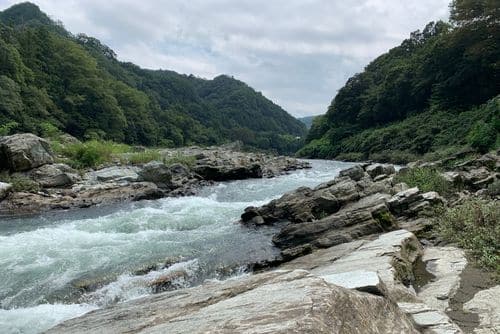
I hope you were able to experience mountains, shrines, hot springs, animals, and many other things in the three days you were there.
Now, how about taking a small boat ride down the river?
You can enjoy the view of the Arakawa River as it winds its way between the beautiful mountains of Nagatoro.
If you do not like boats, you do not need to take one.
There are campgrounds and fishing spots nearby, so you can spend the day purifying your body and soul while coming into contact with the water.
Japan is a country of water and mountains.
Chiba Area (Boso Village)
Stop 8(Day 5)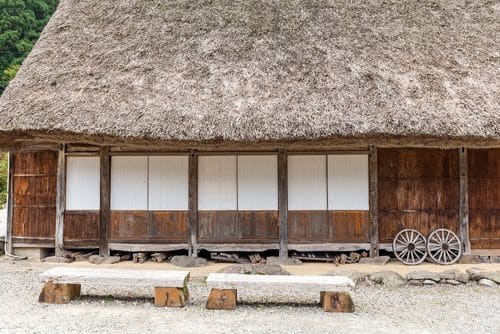
On your last day, we would like you to go back in time to Japan in the late Edo period.
This Boso no Mura recreates the streets of the late Edo period.
In the Edo period, there was a class system in Japan, and people were divided into four classes: samurai, farmers, artisans, and merchants.
The Boso no Mura is a place where you can see the houses of all four classes of people at the same time.
Return to Tokyo
